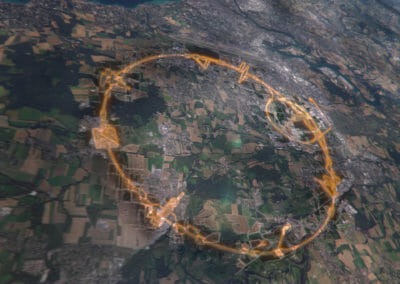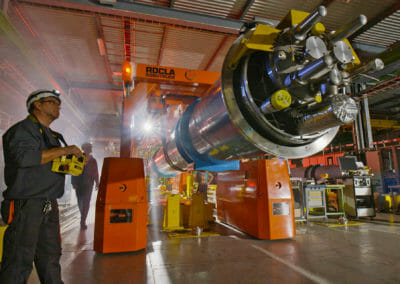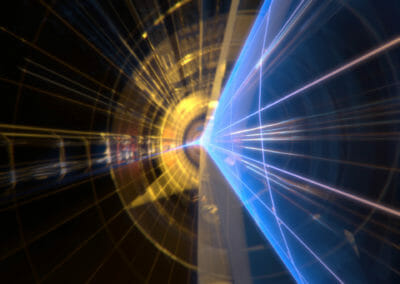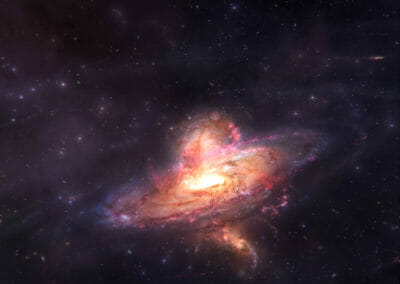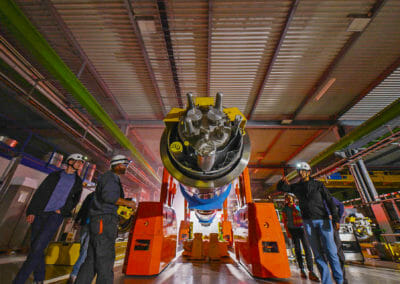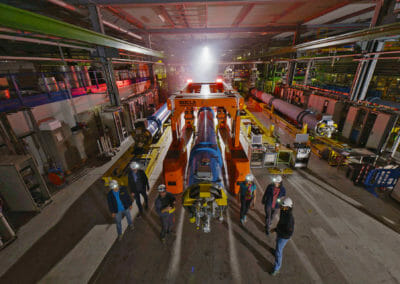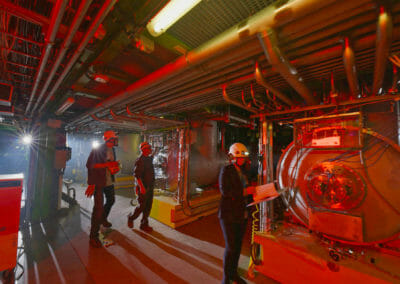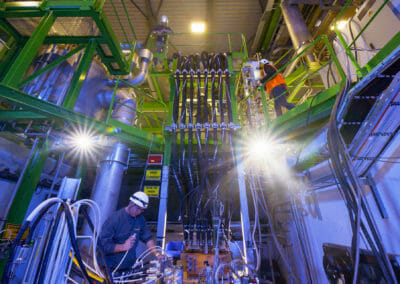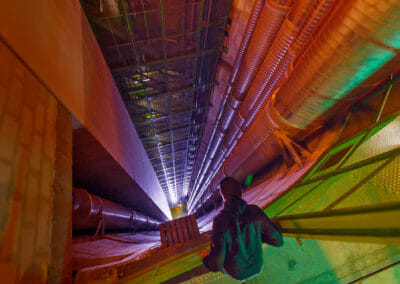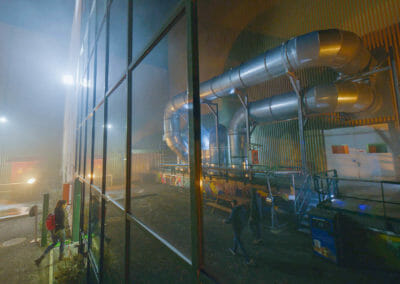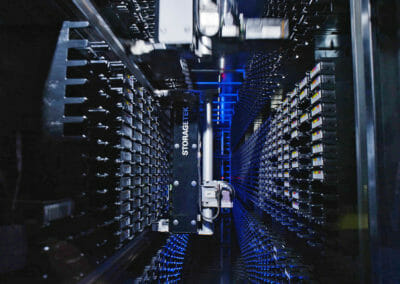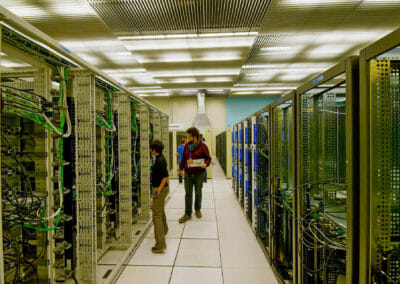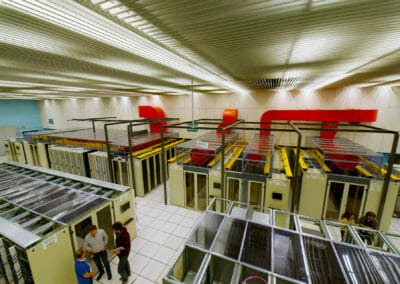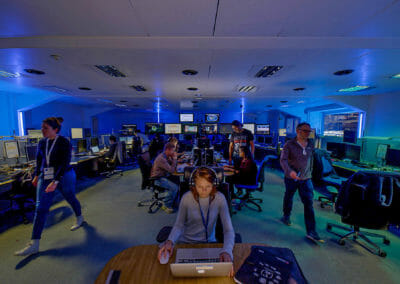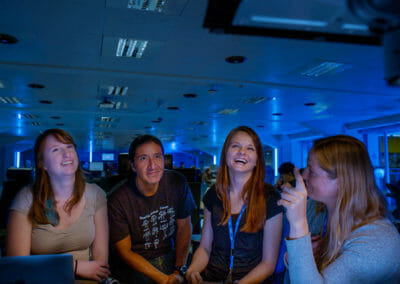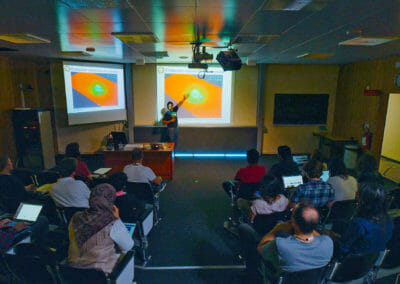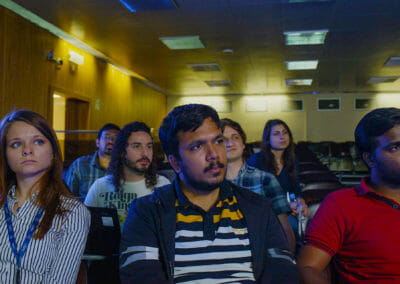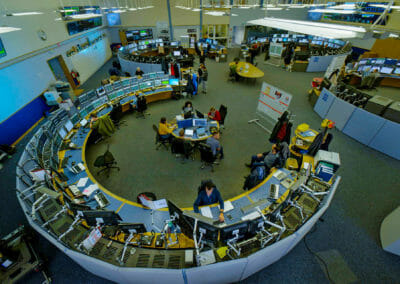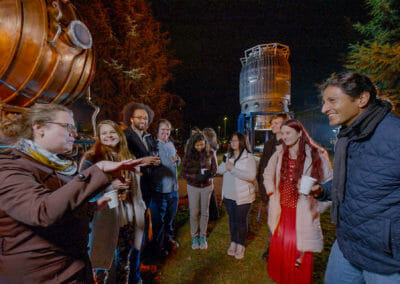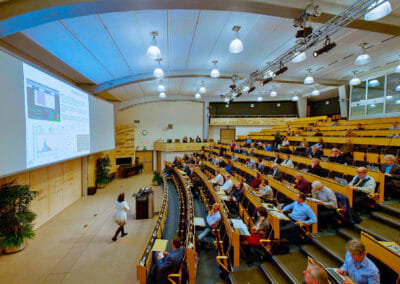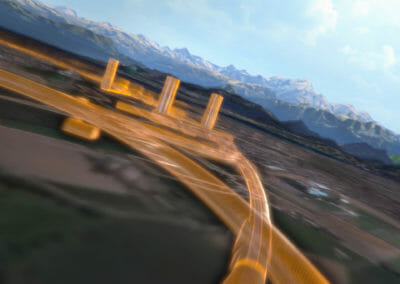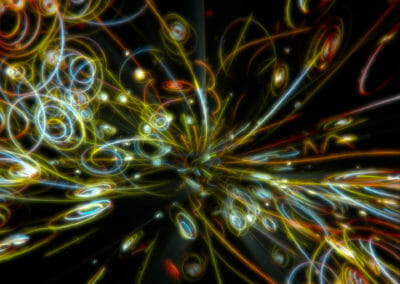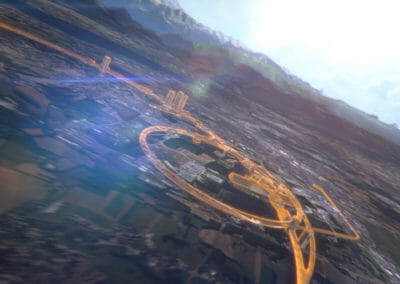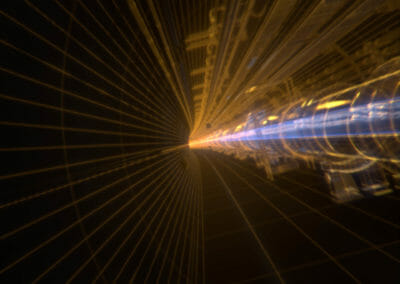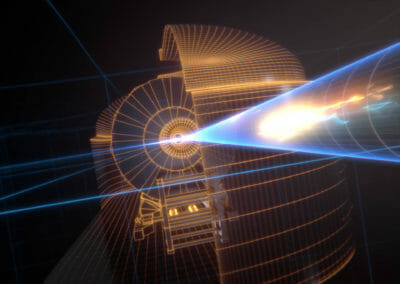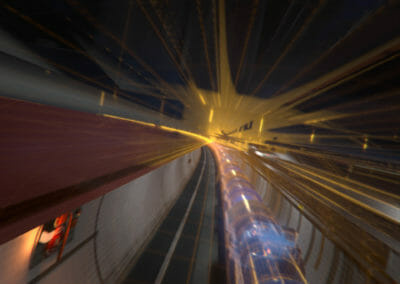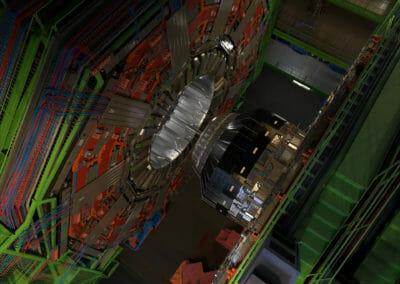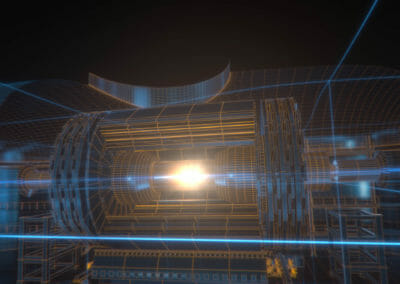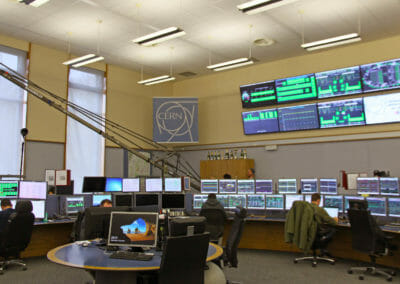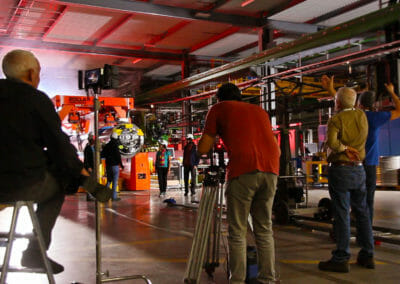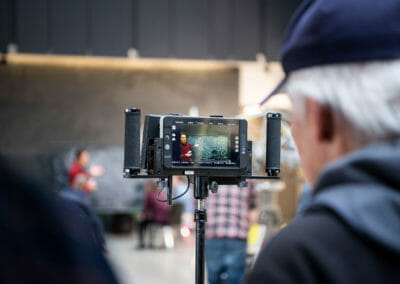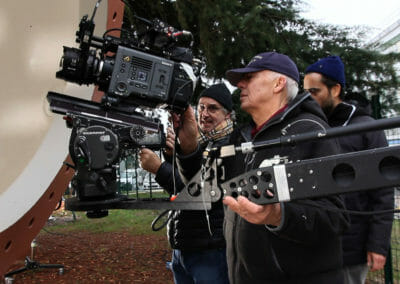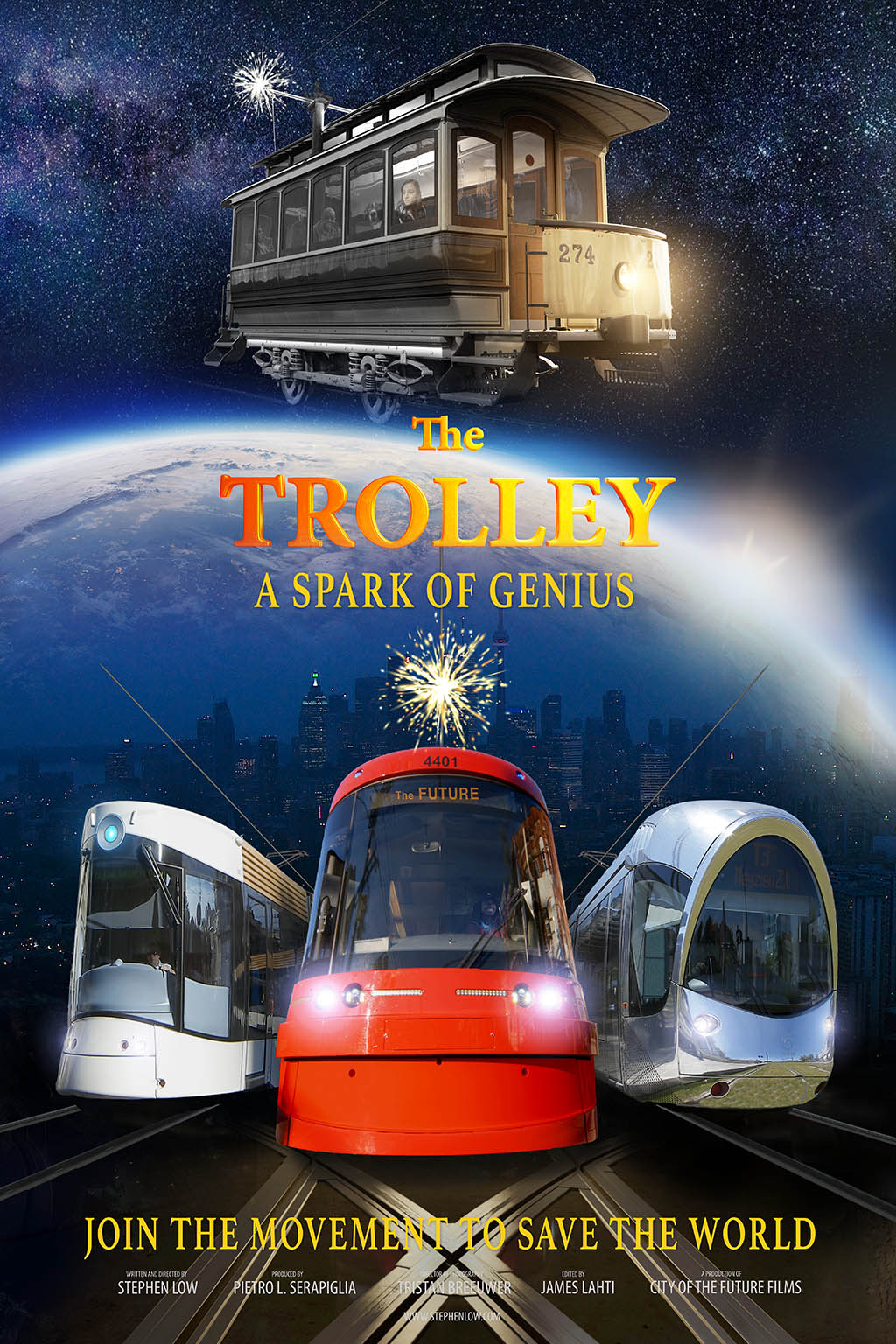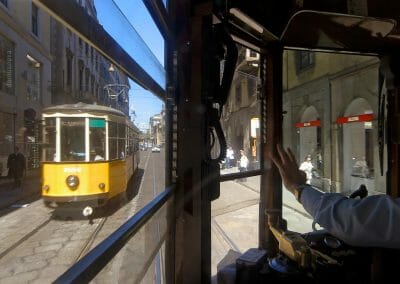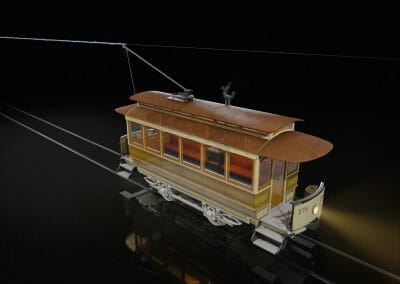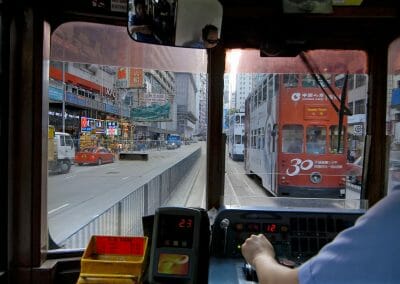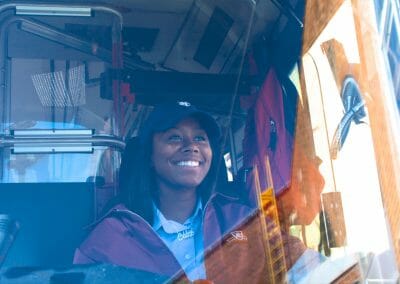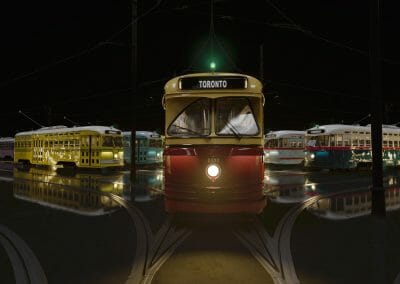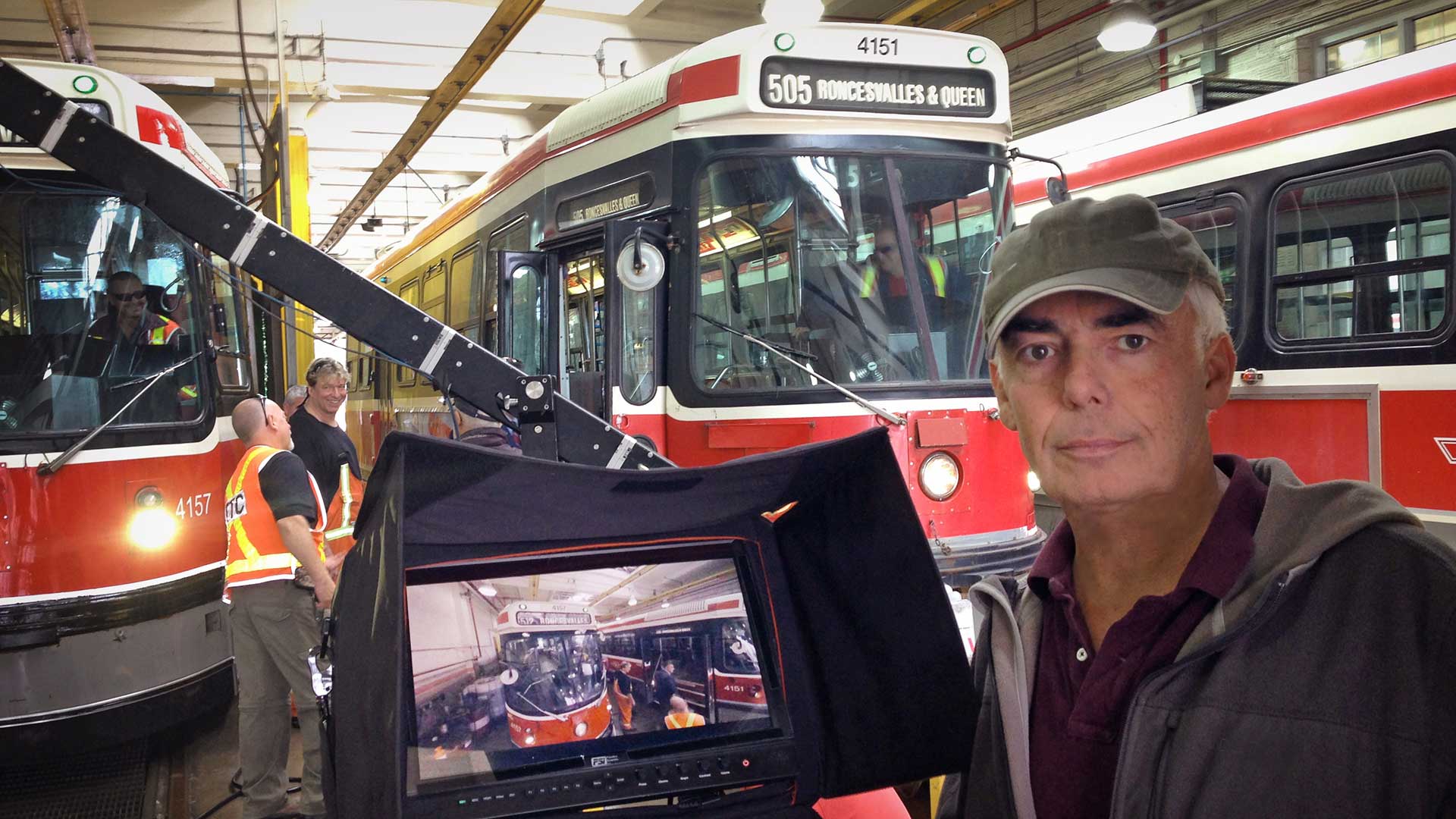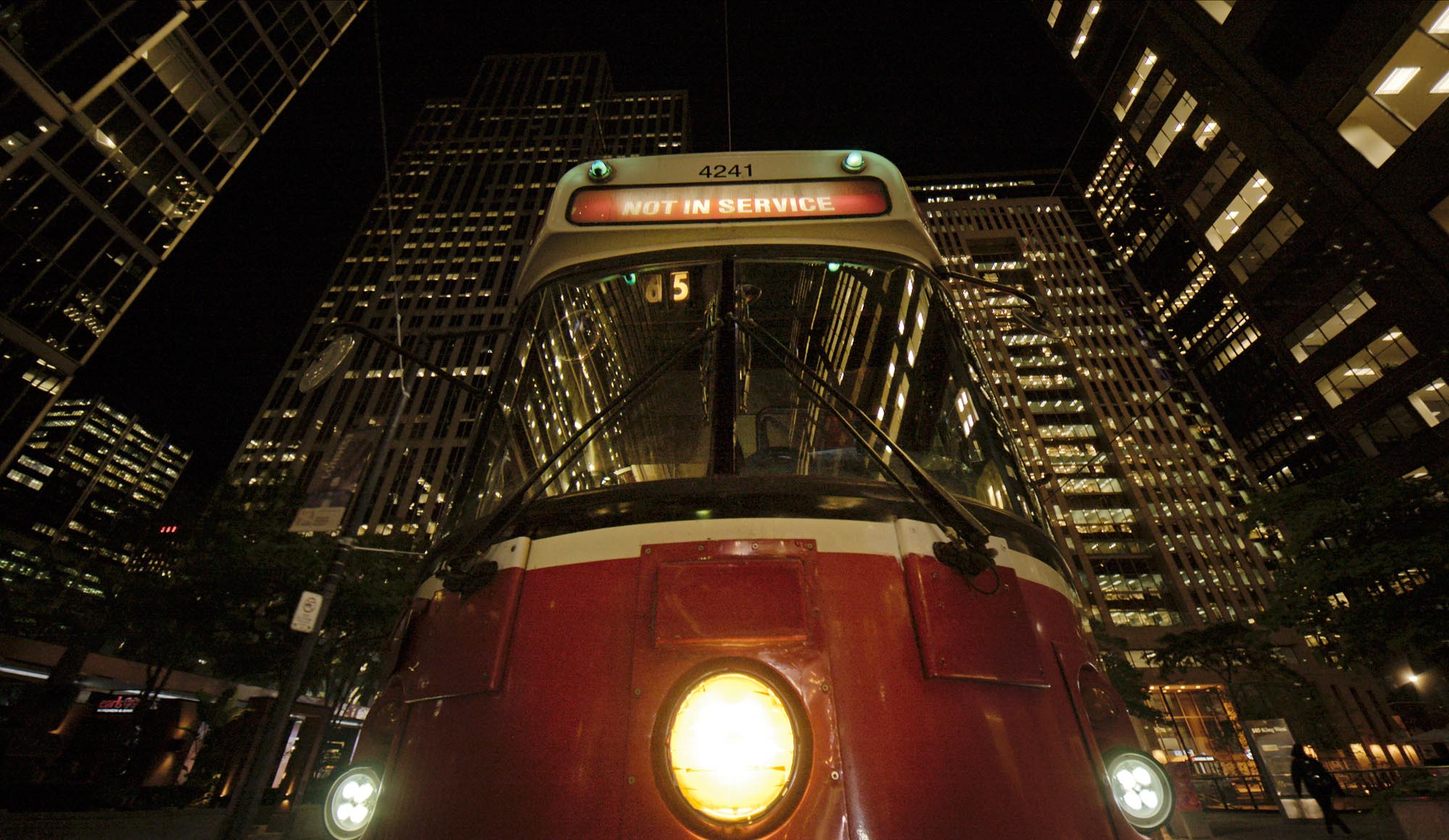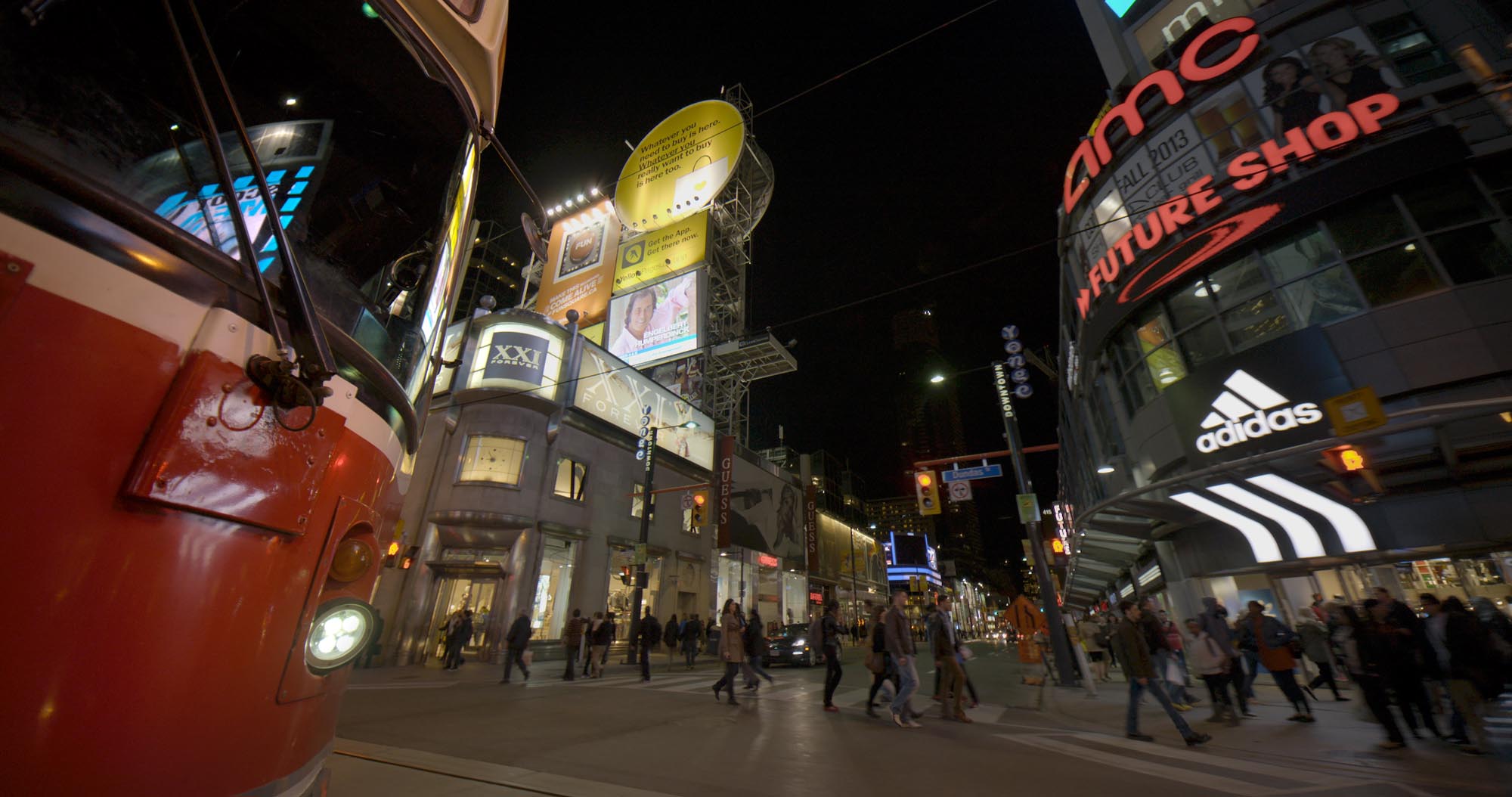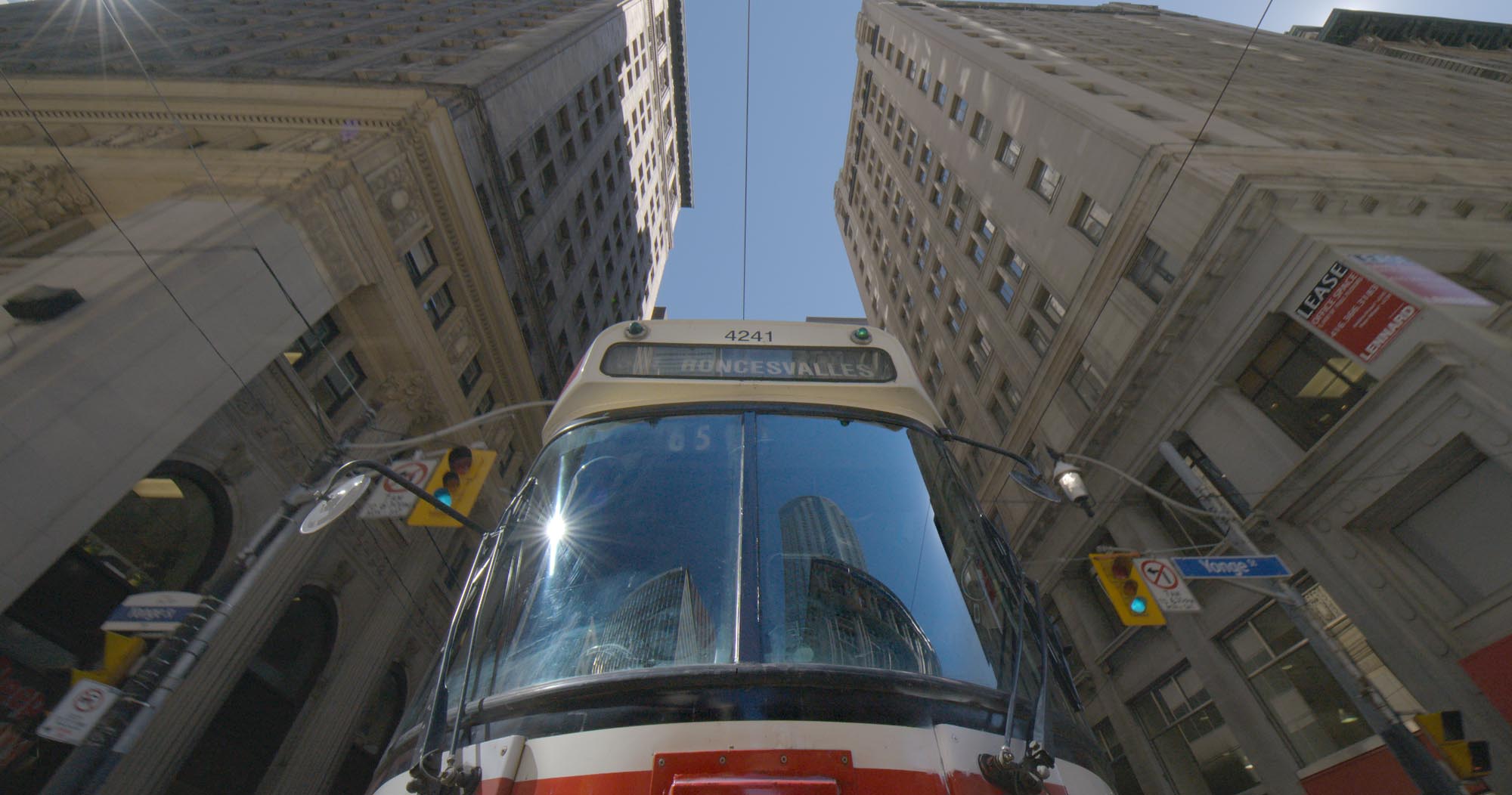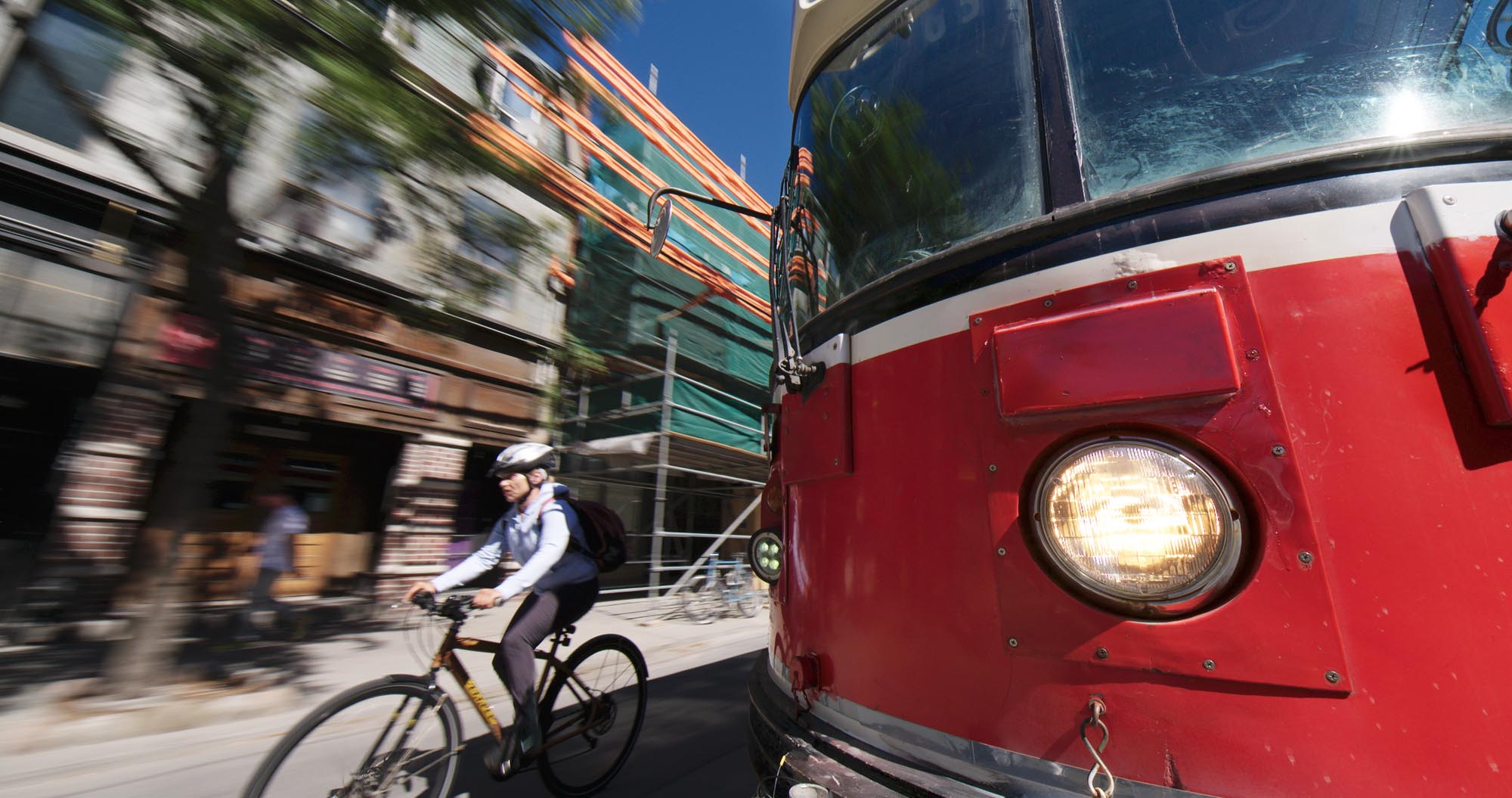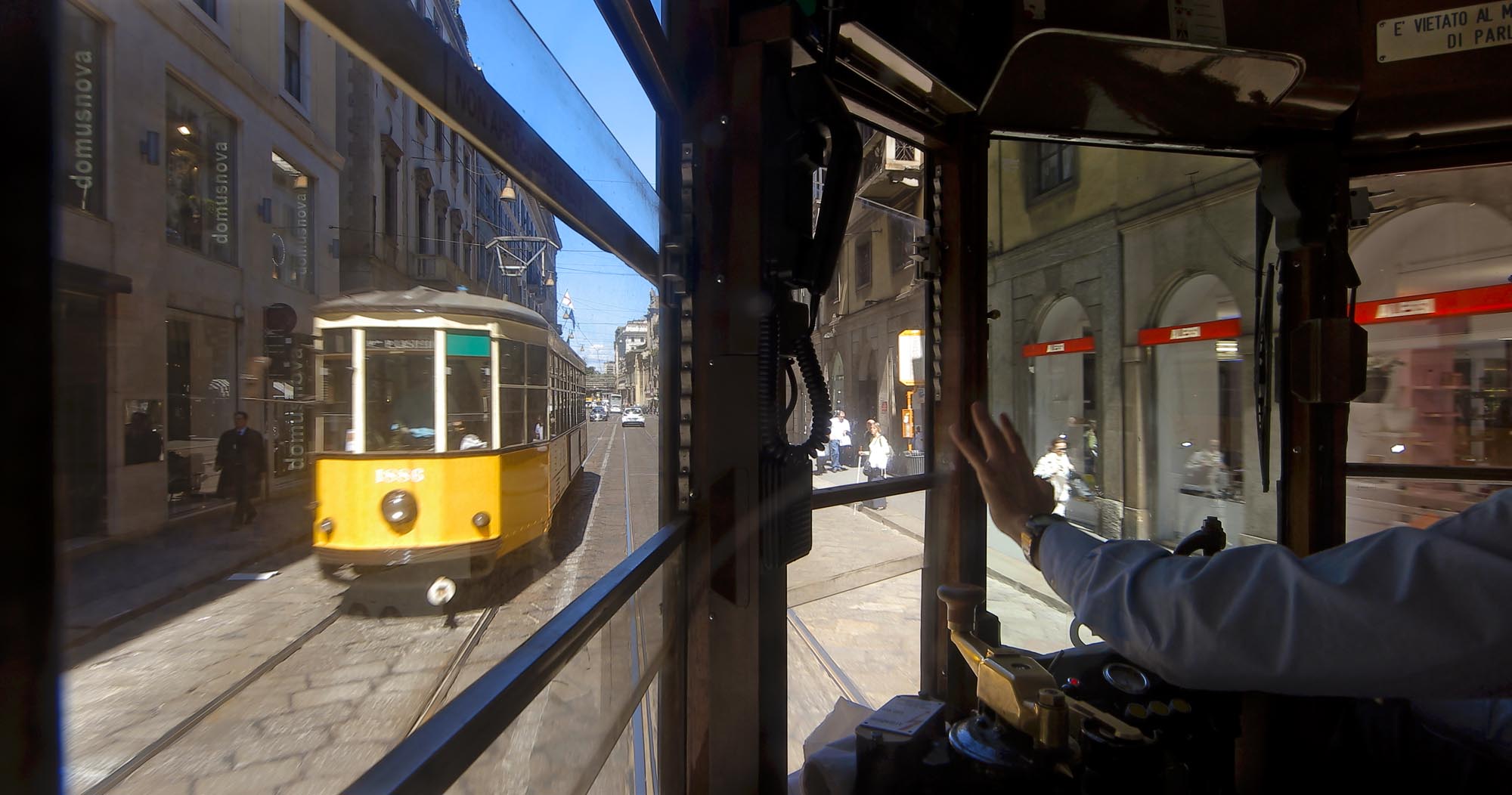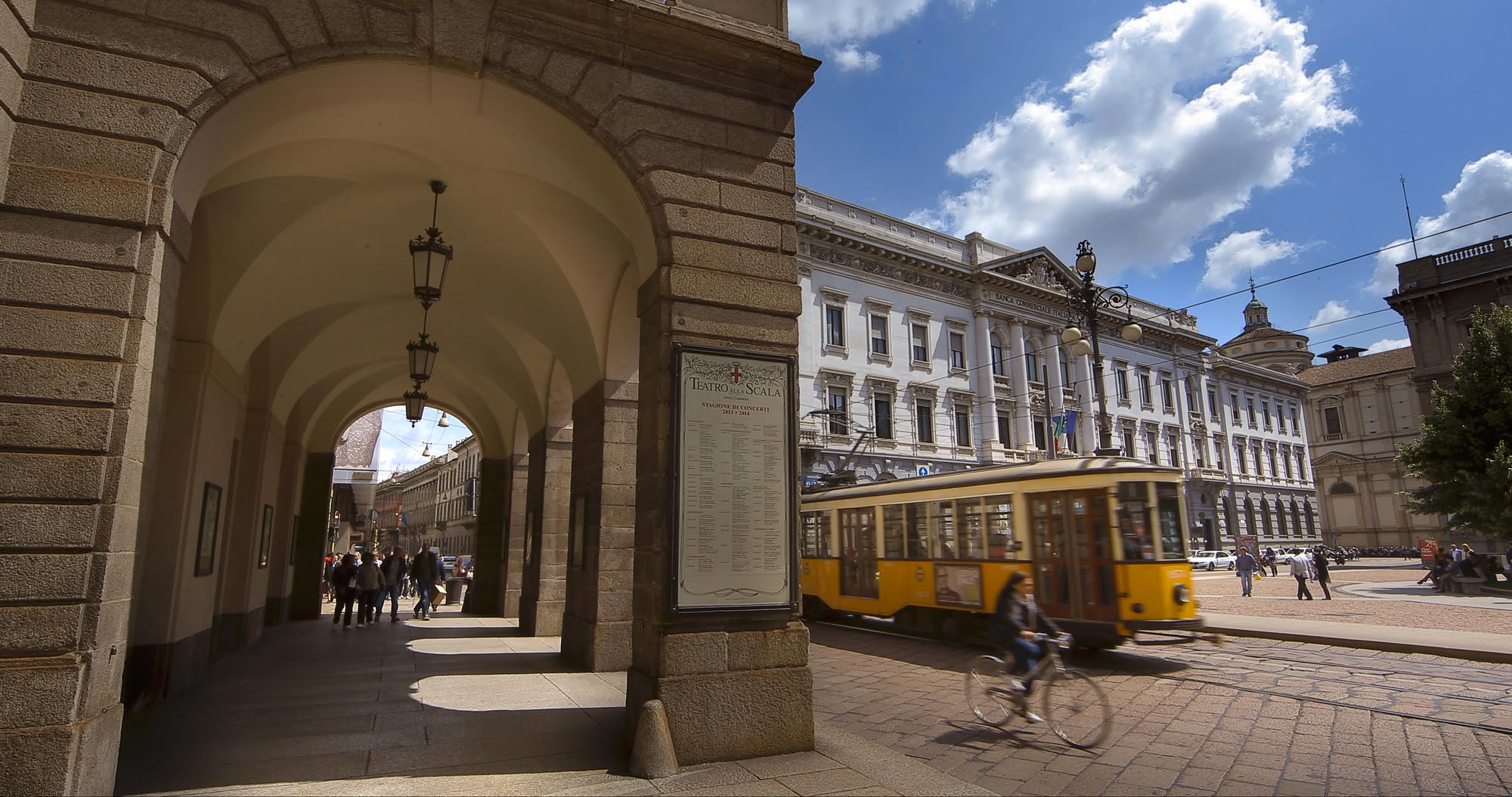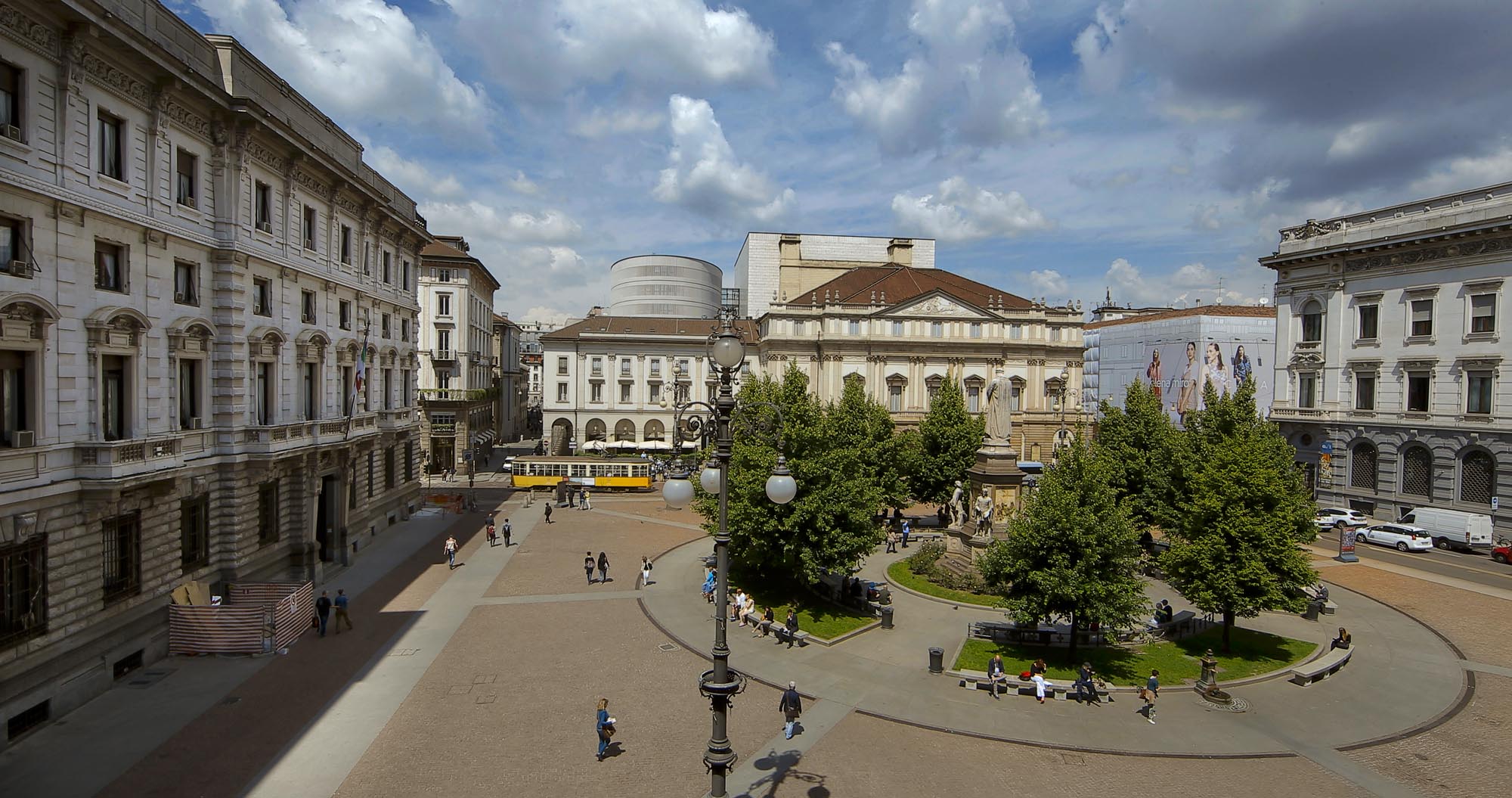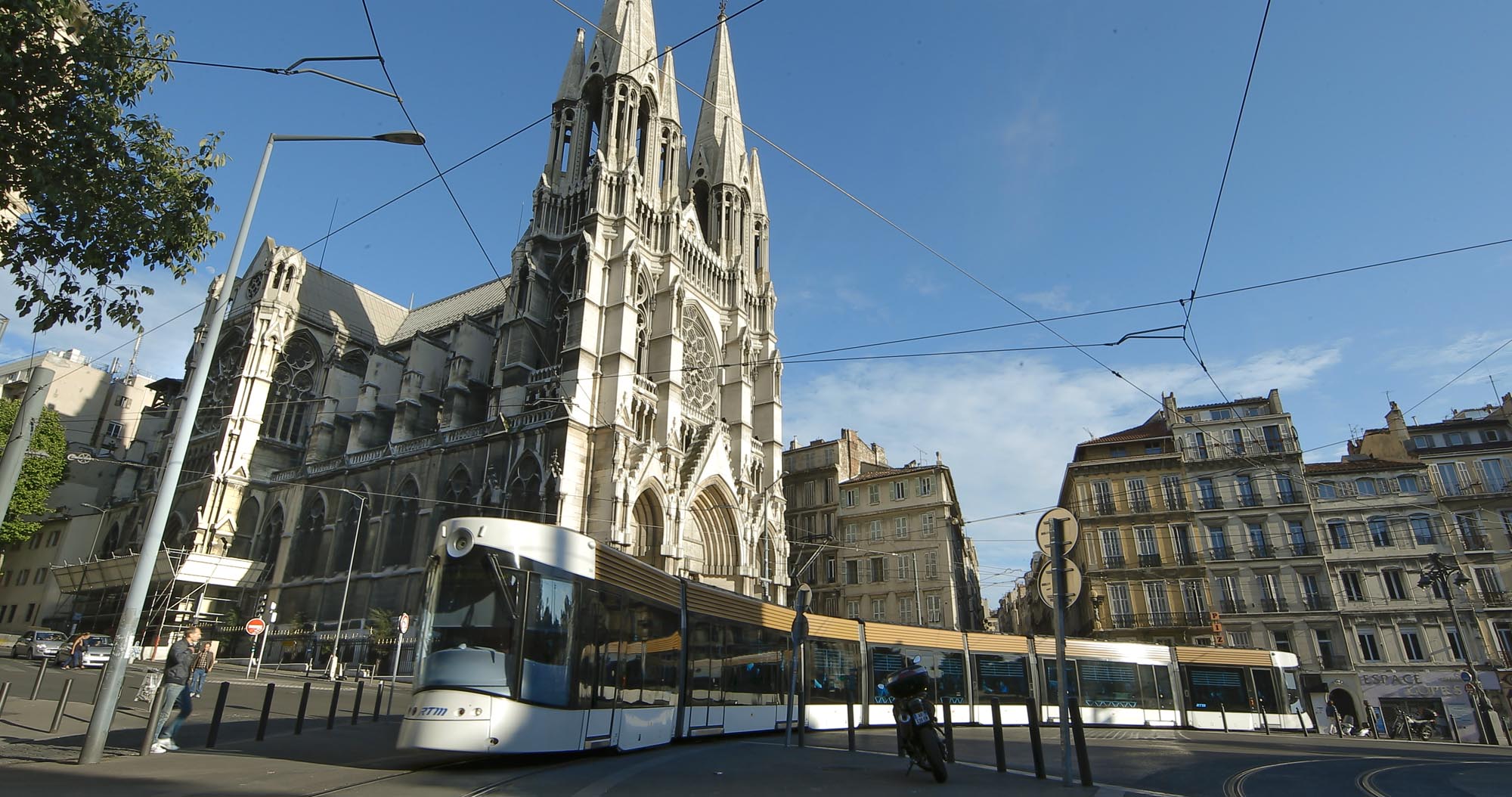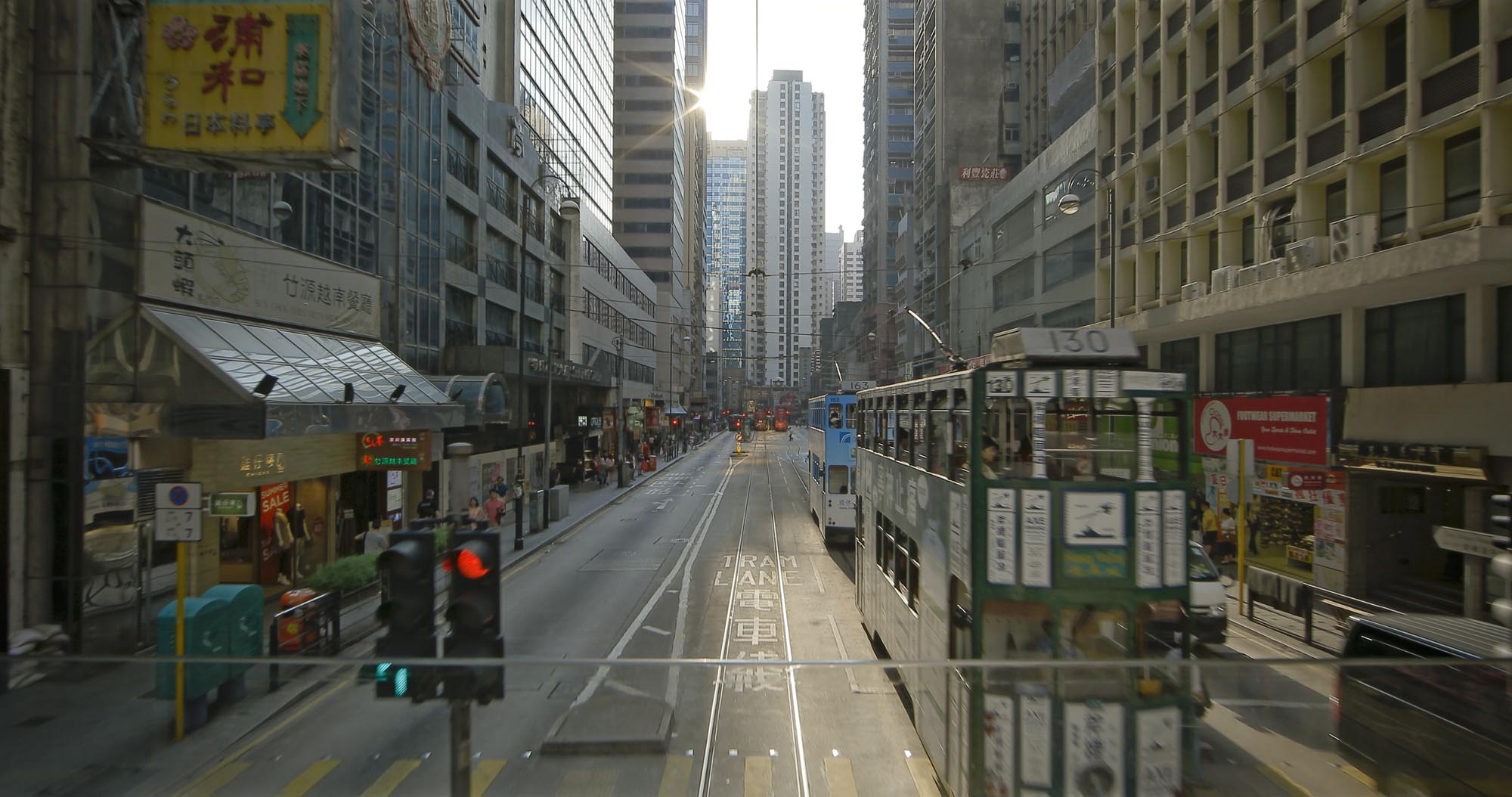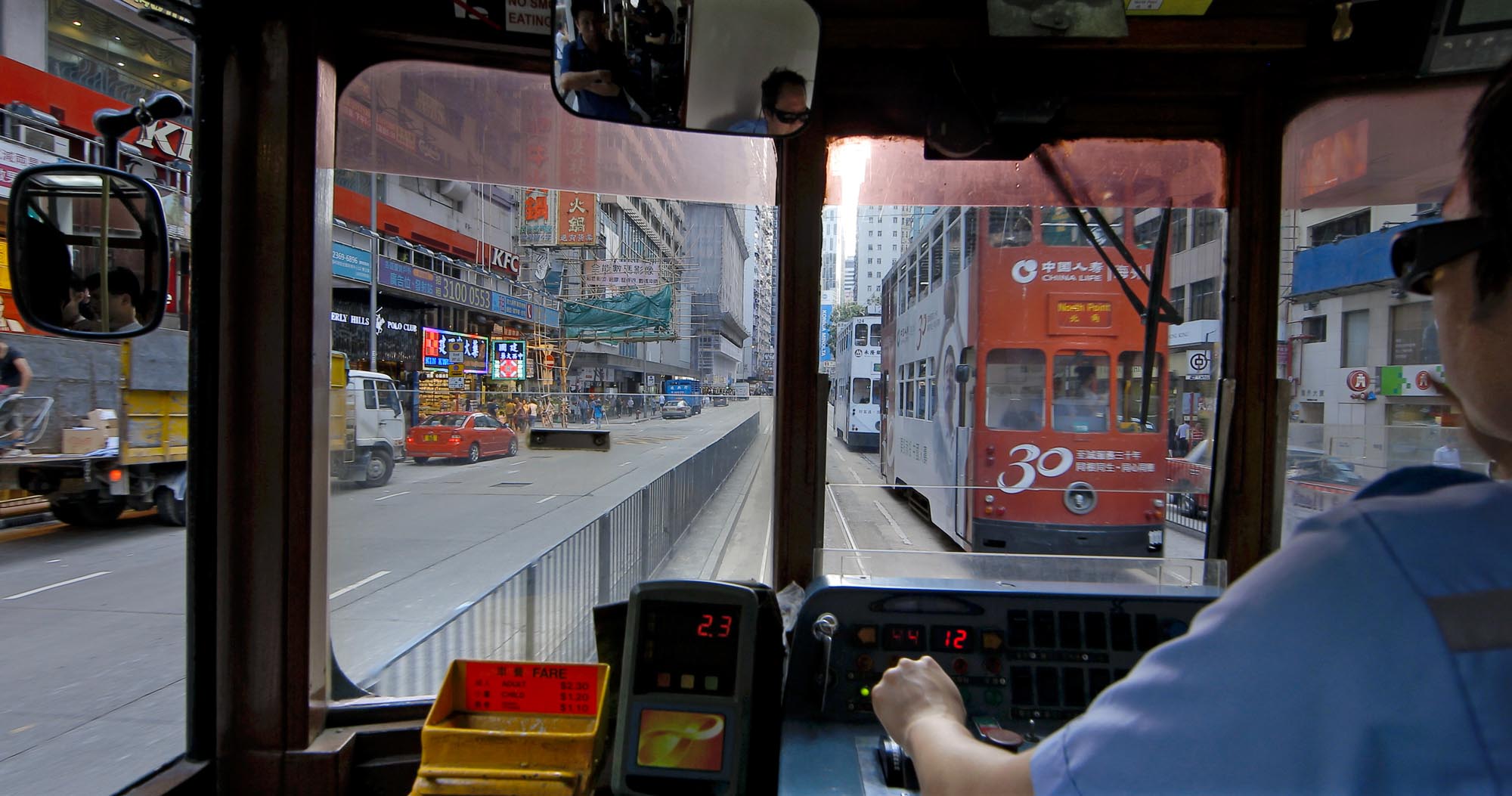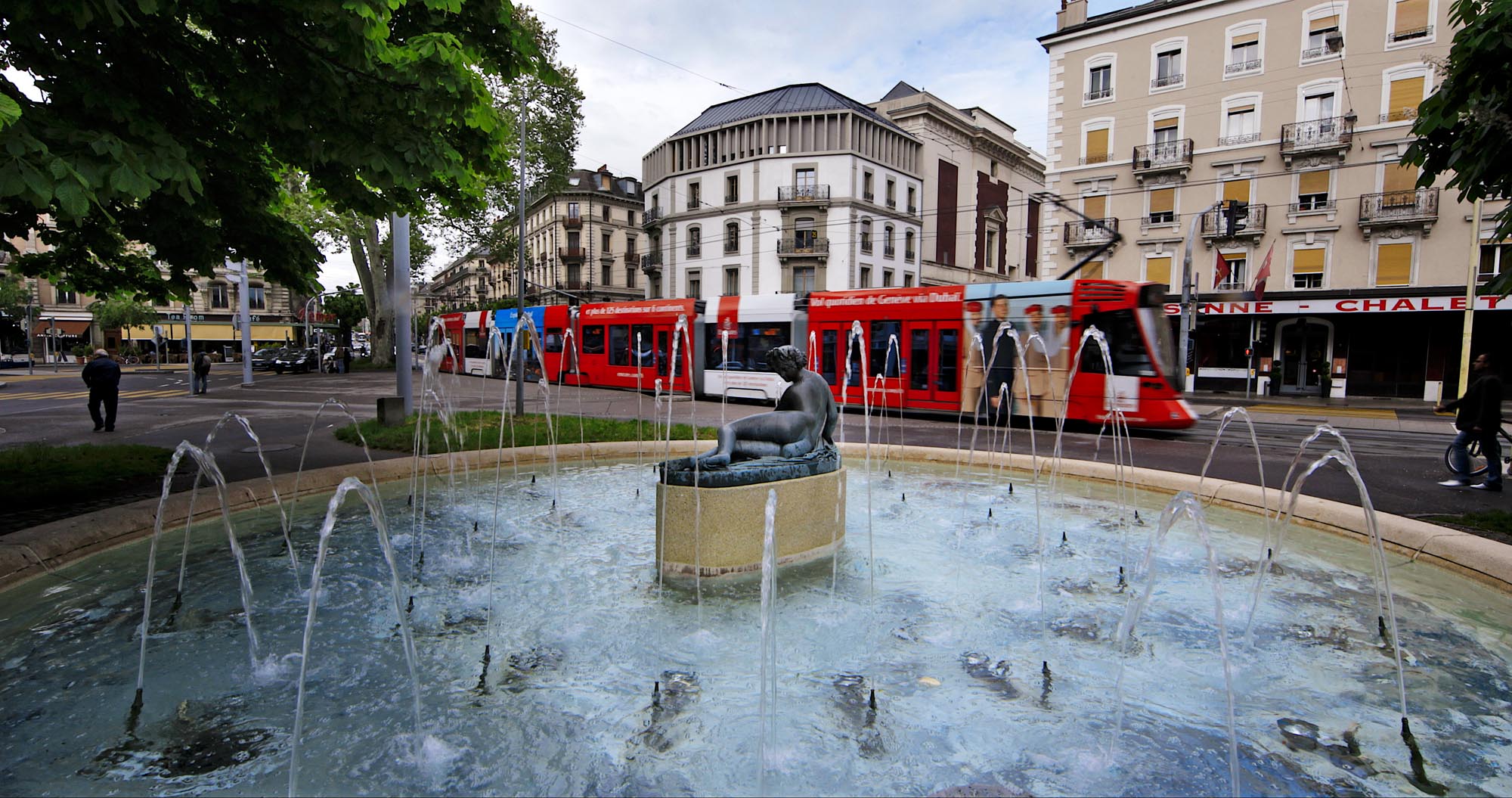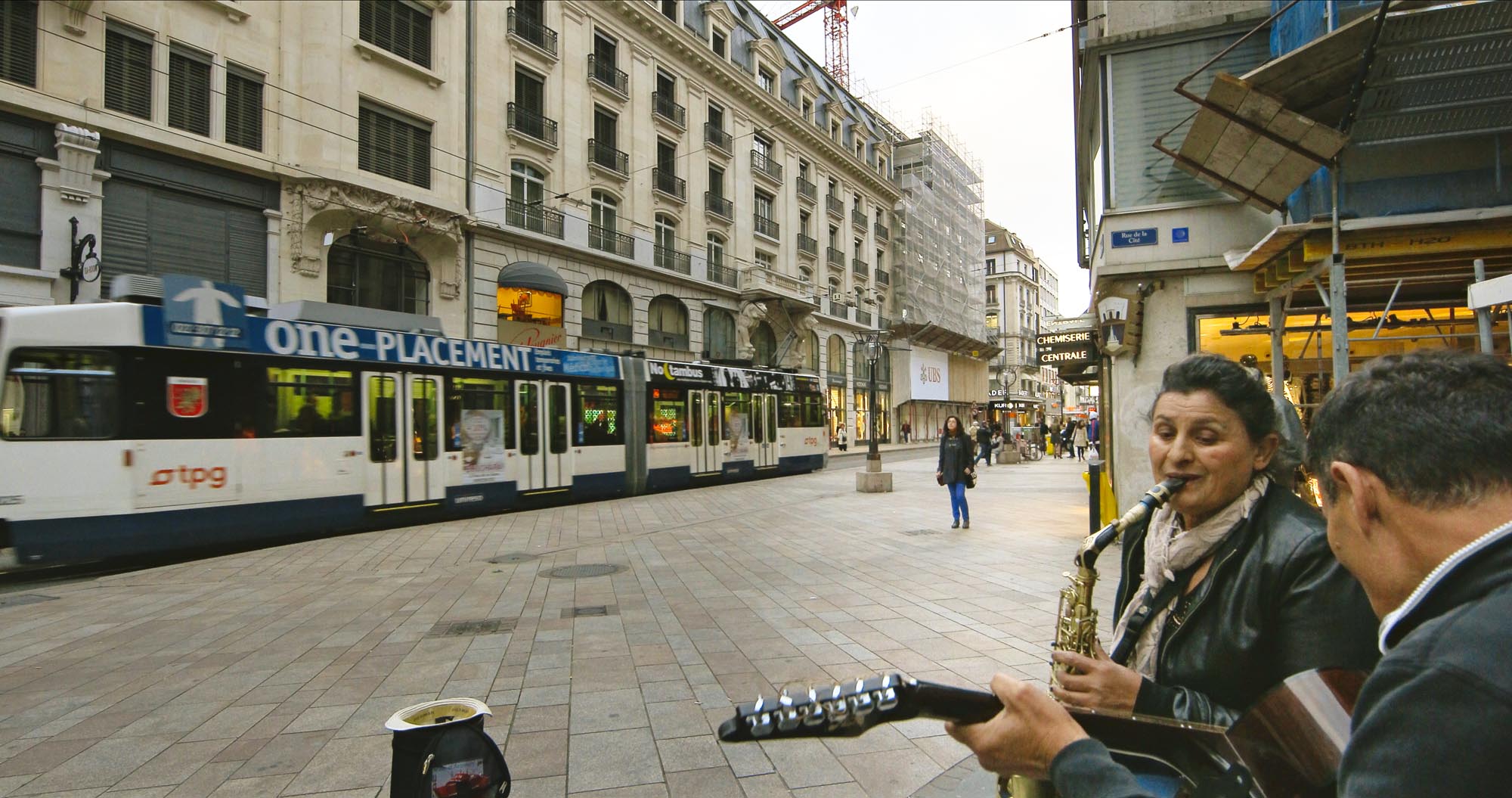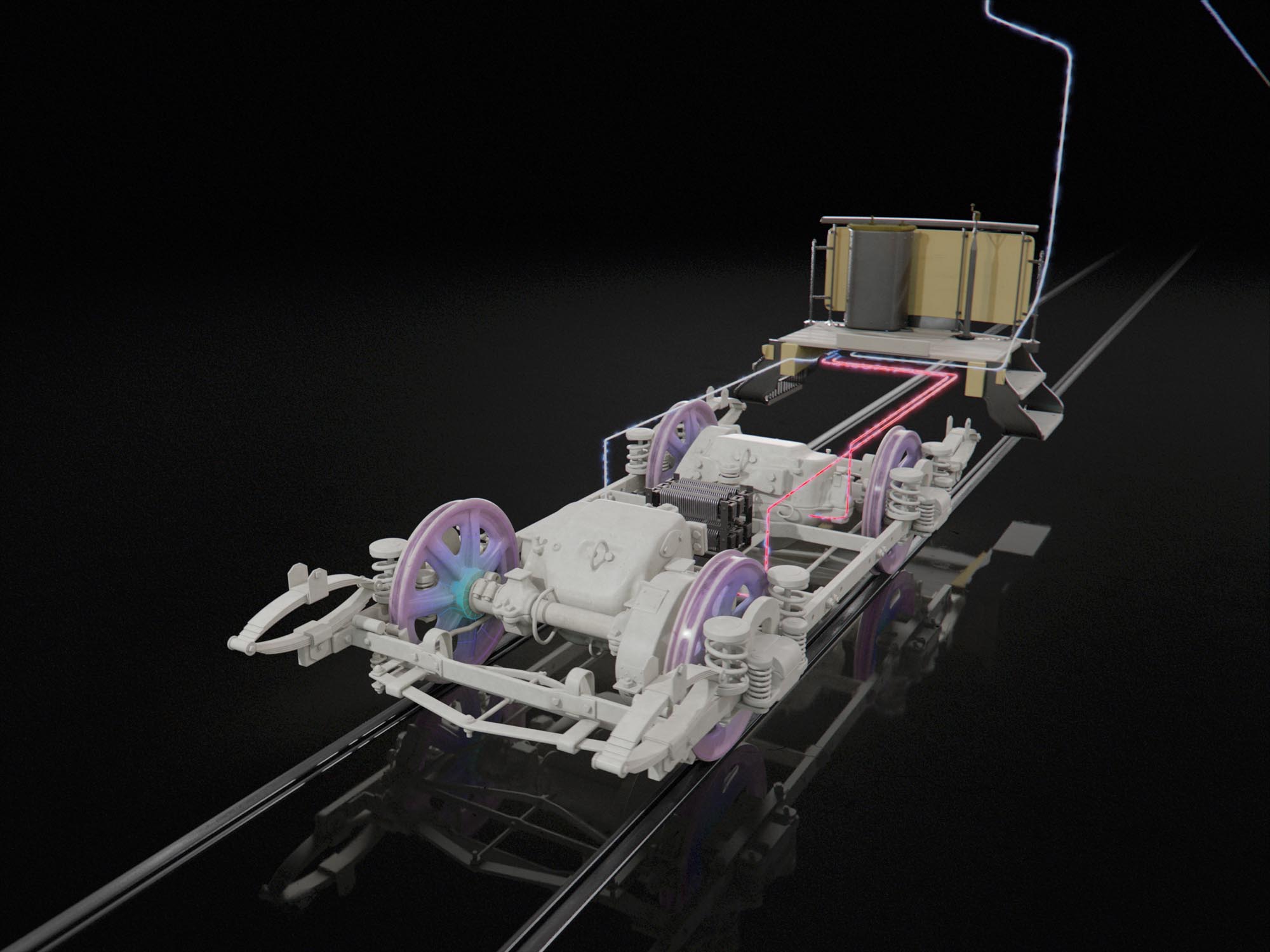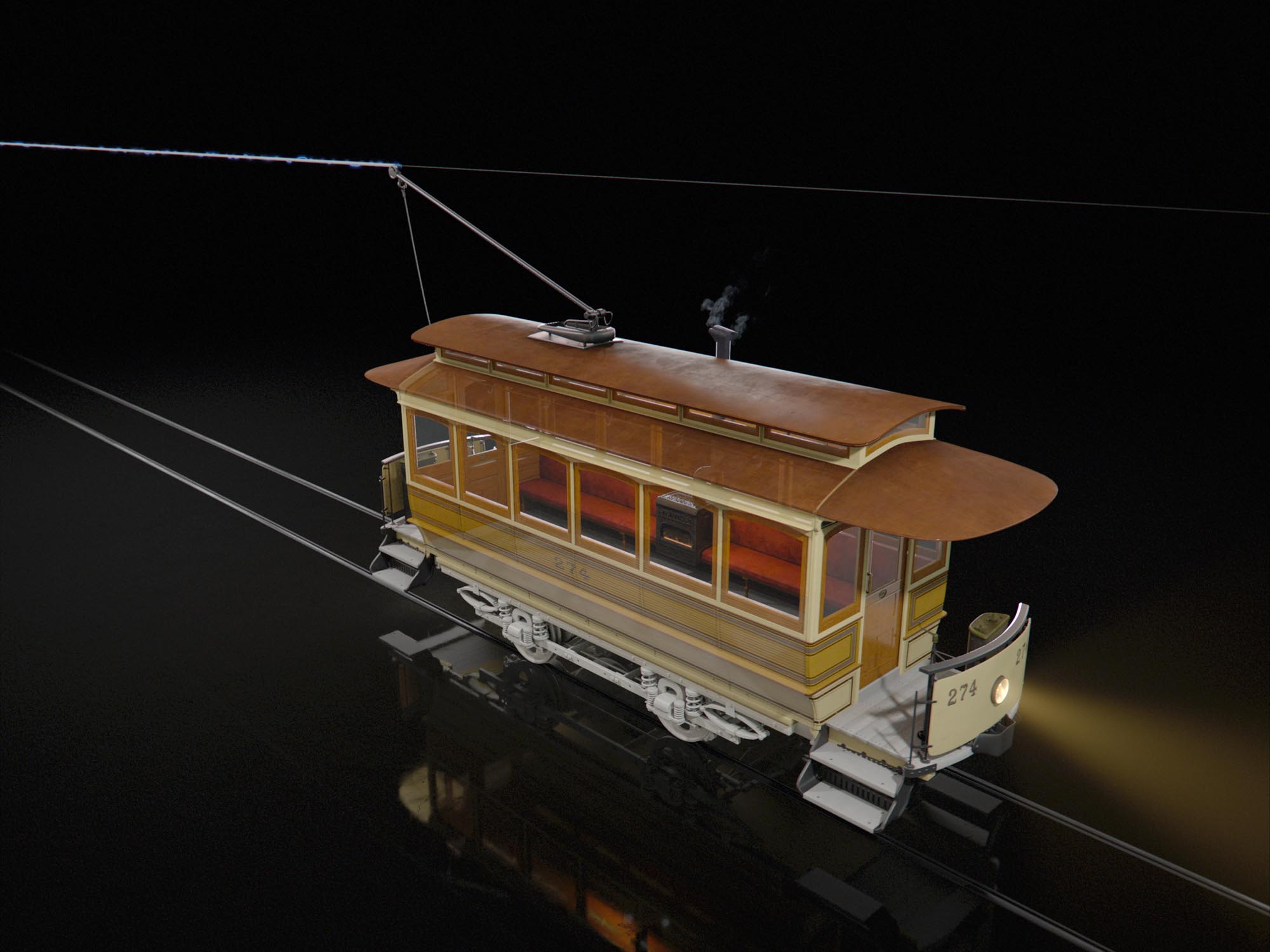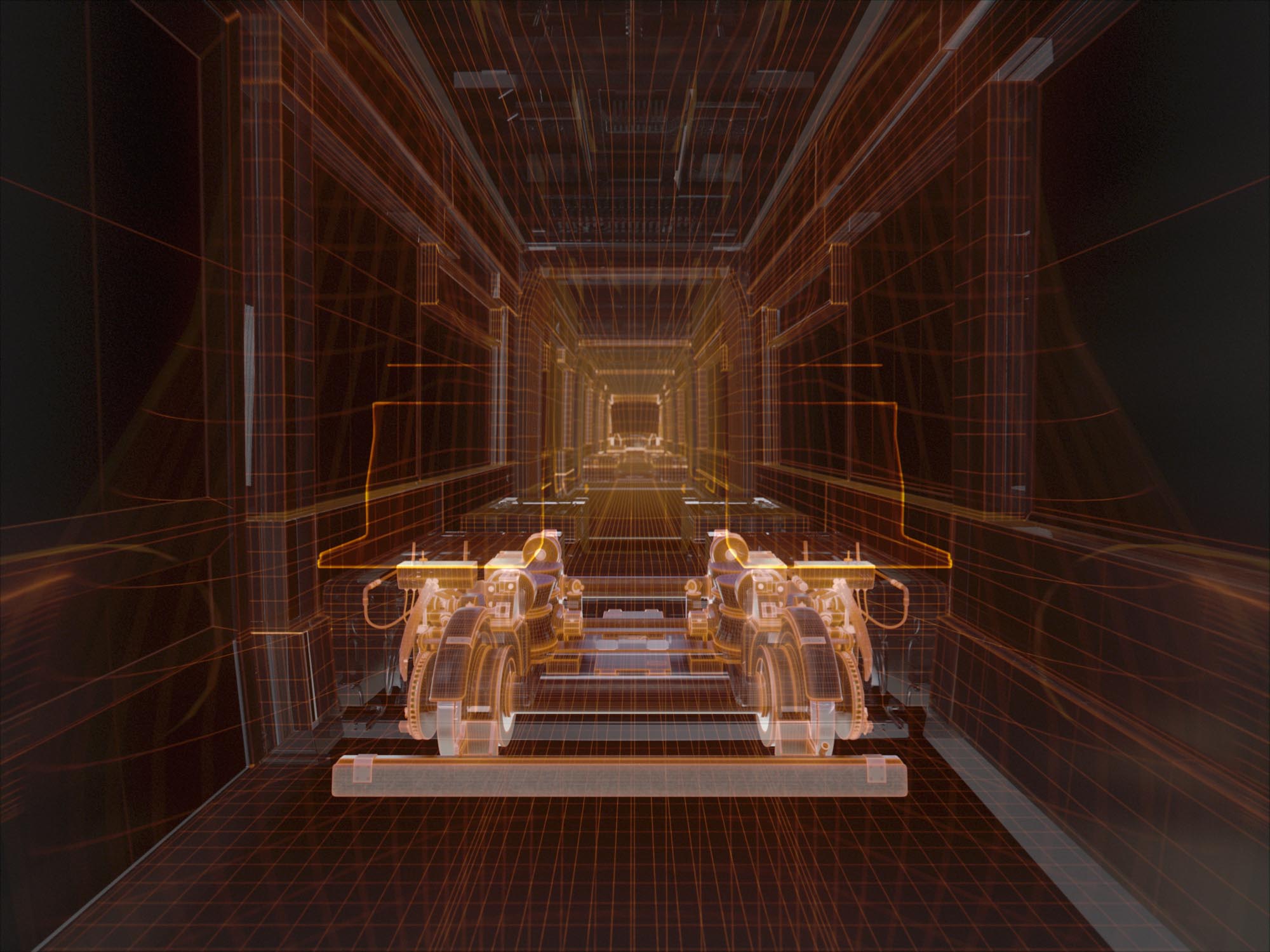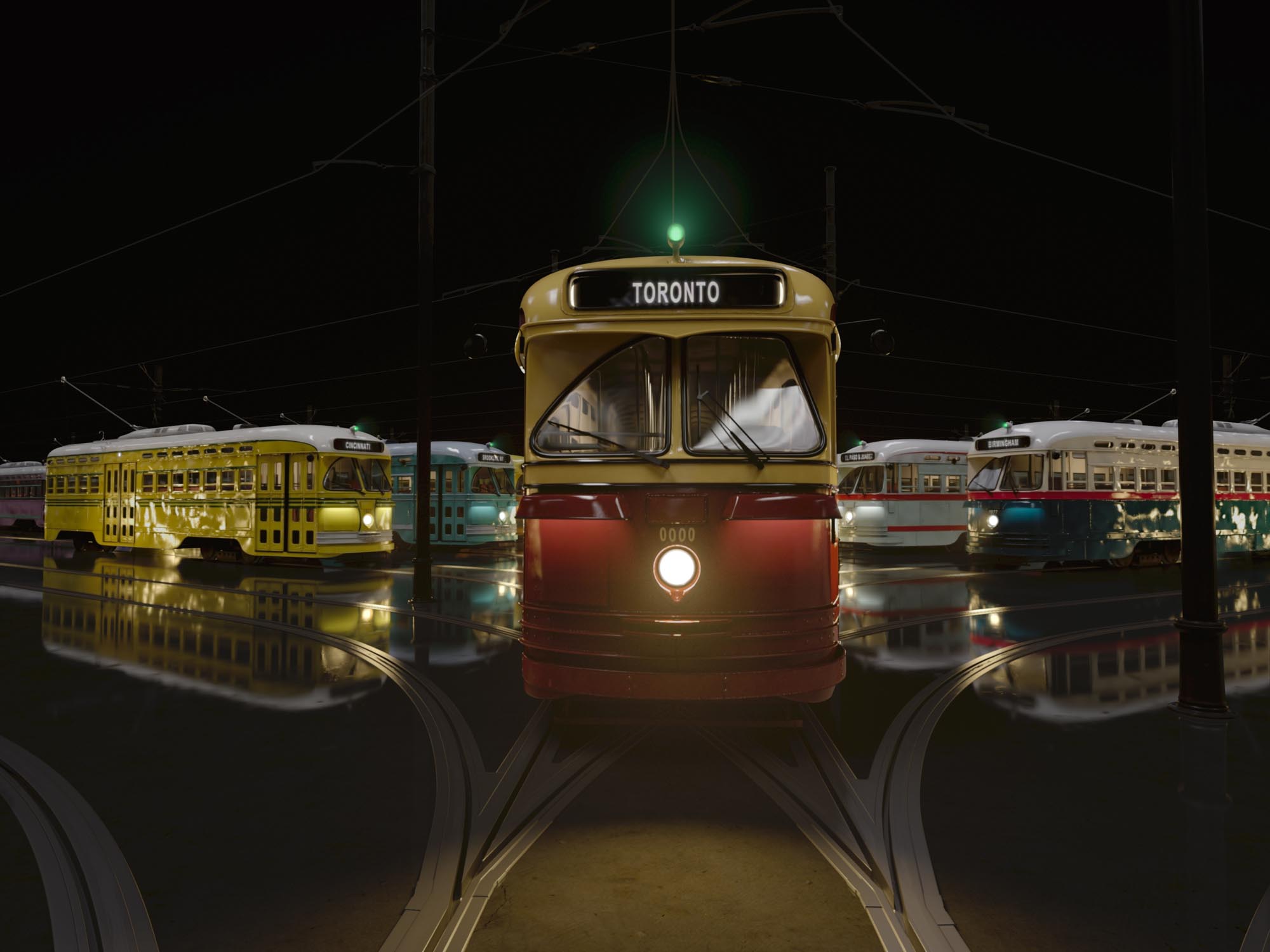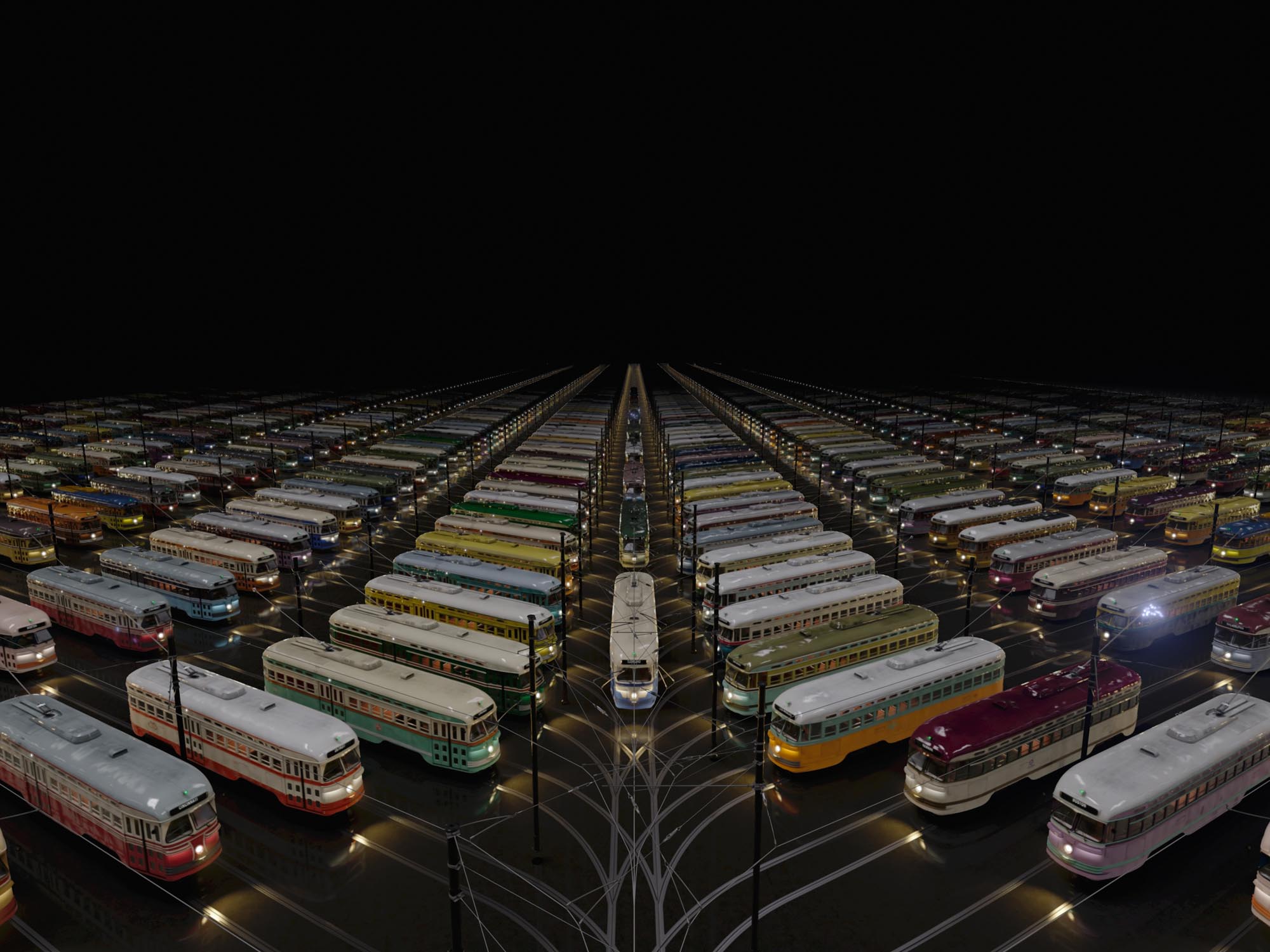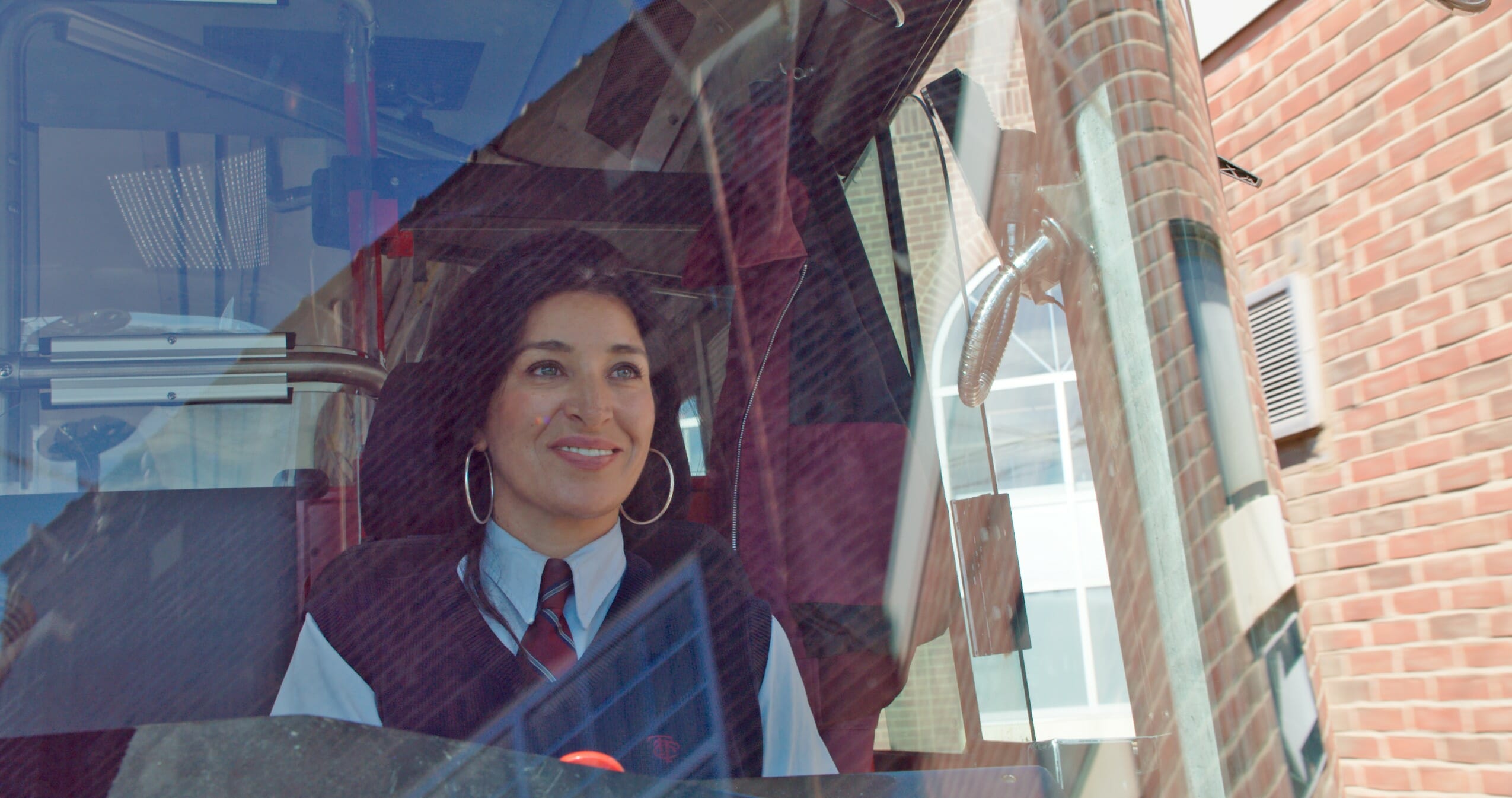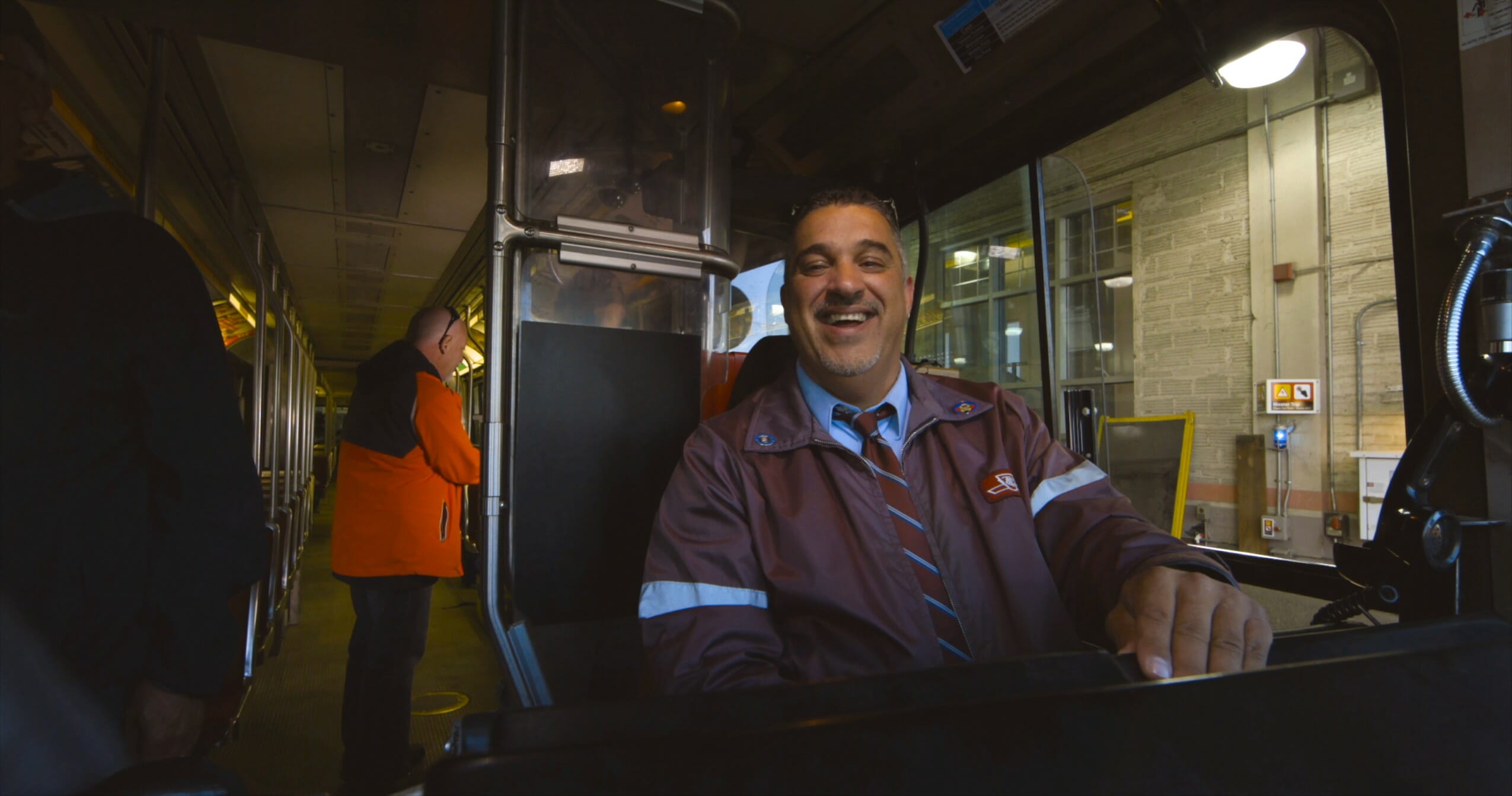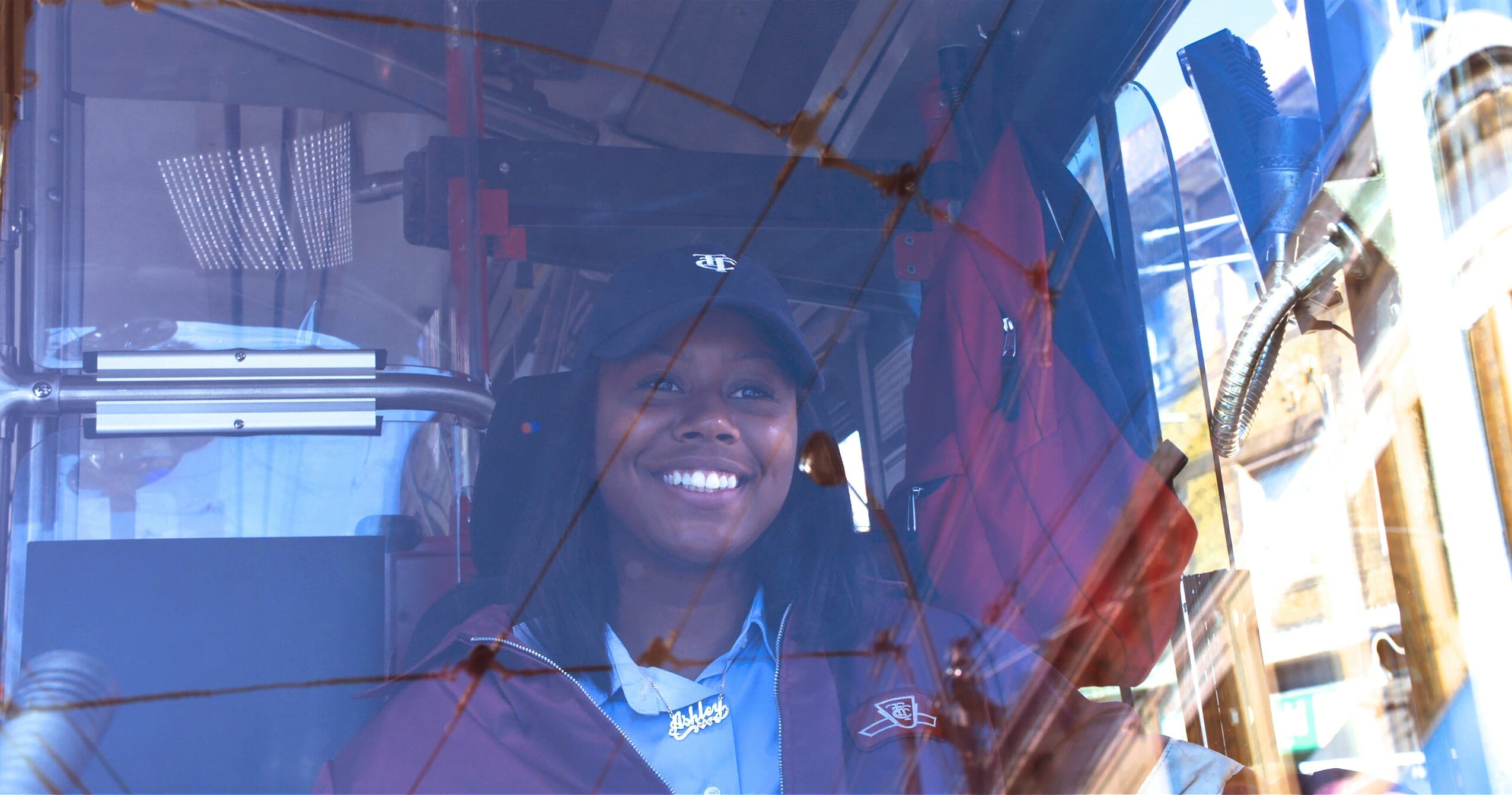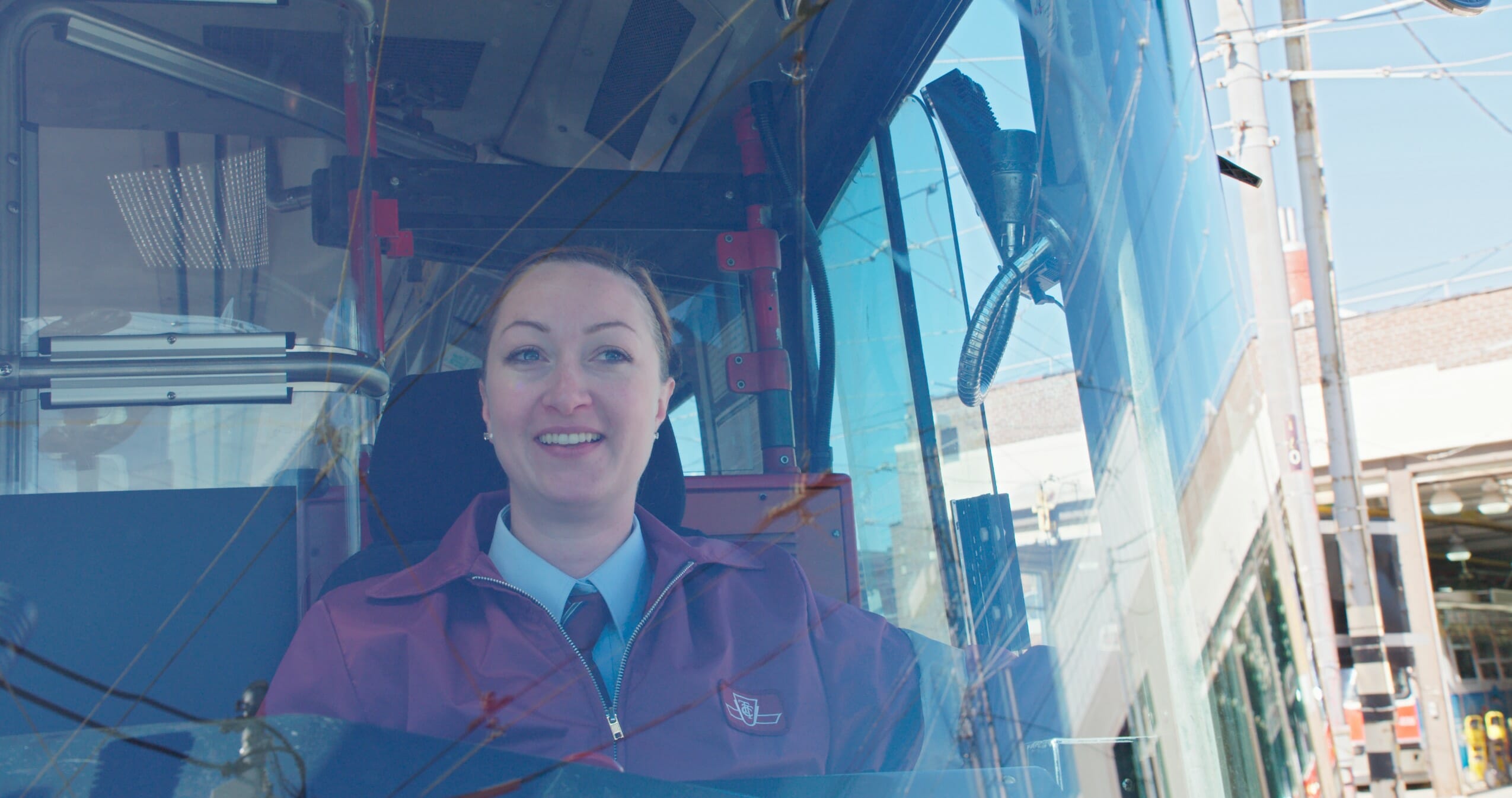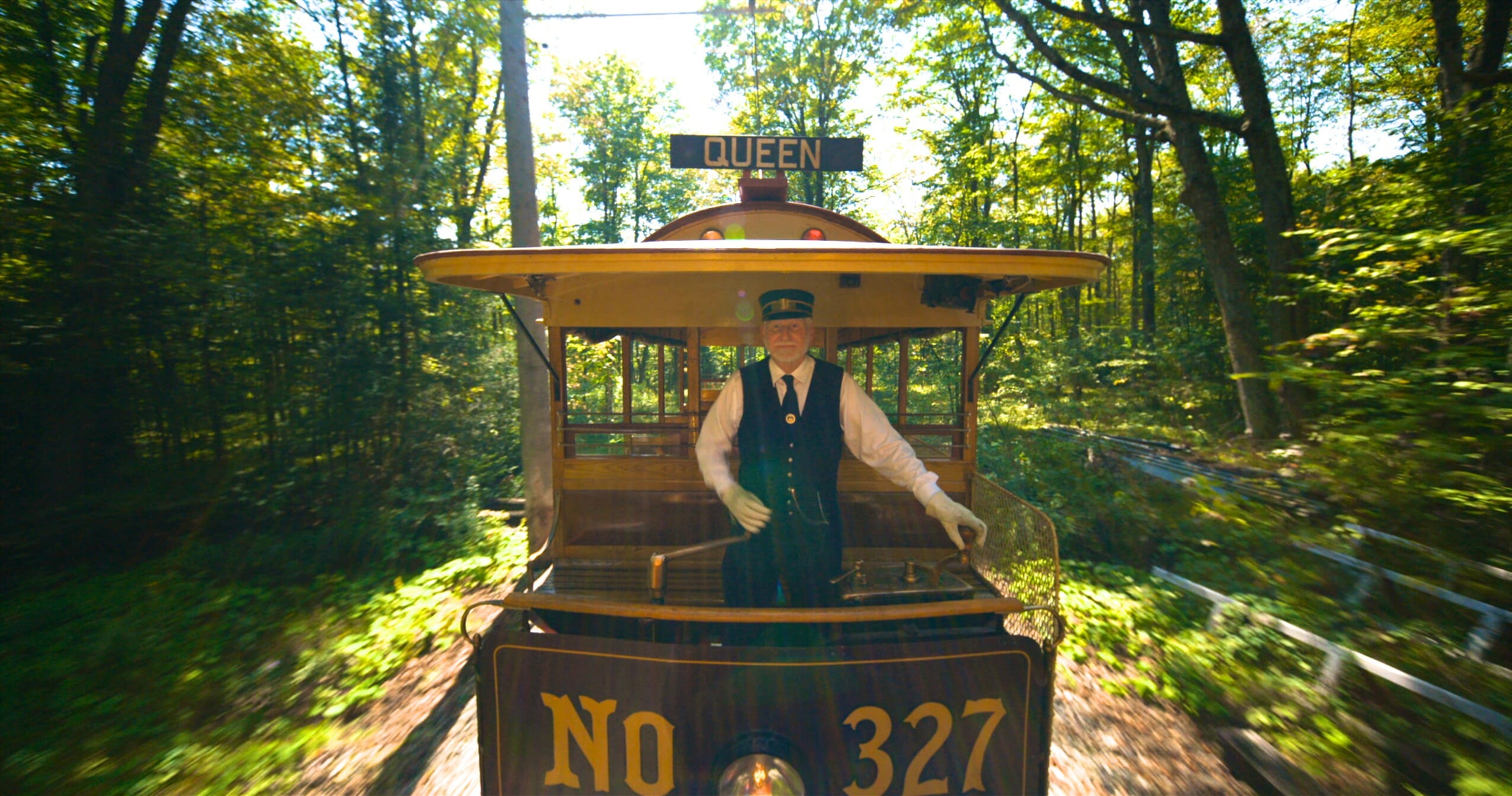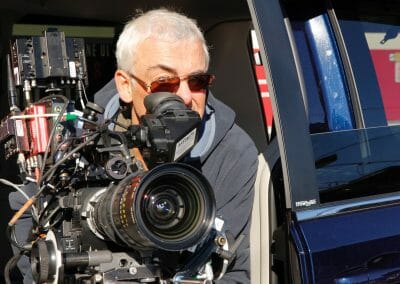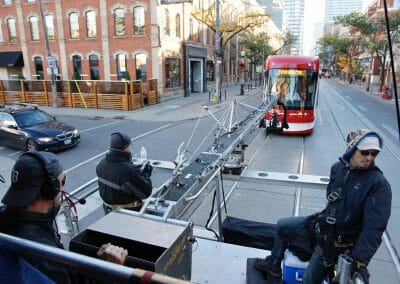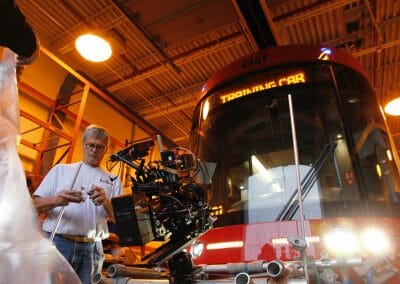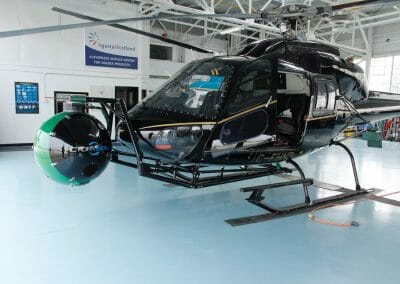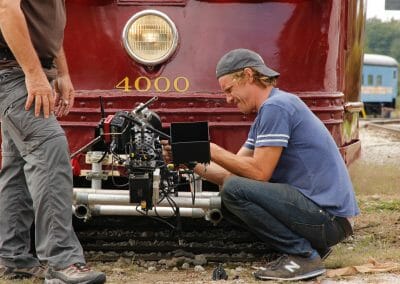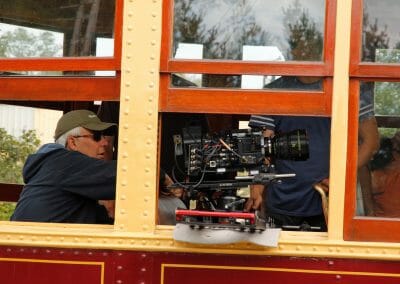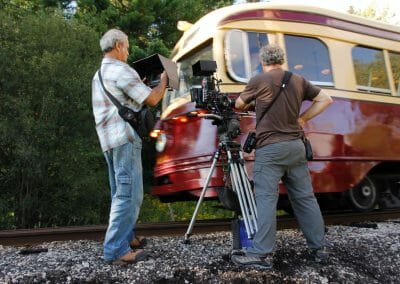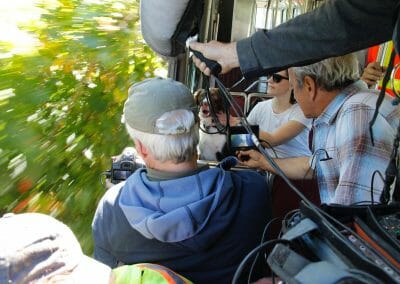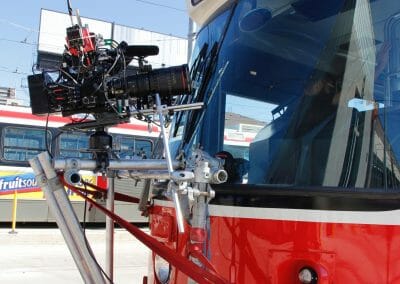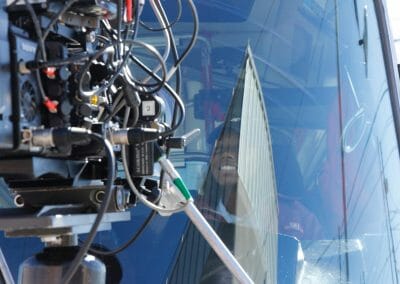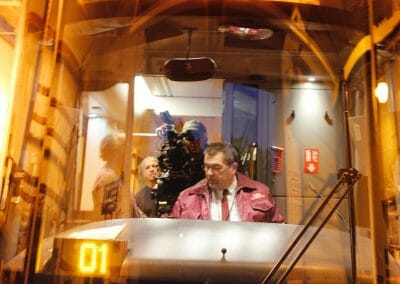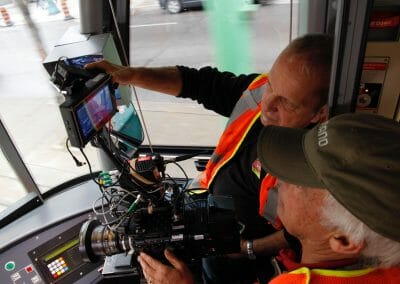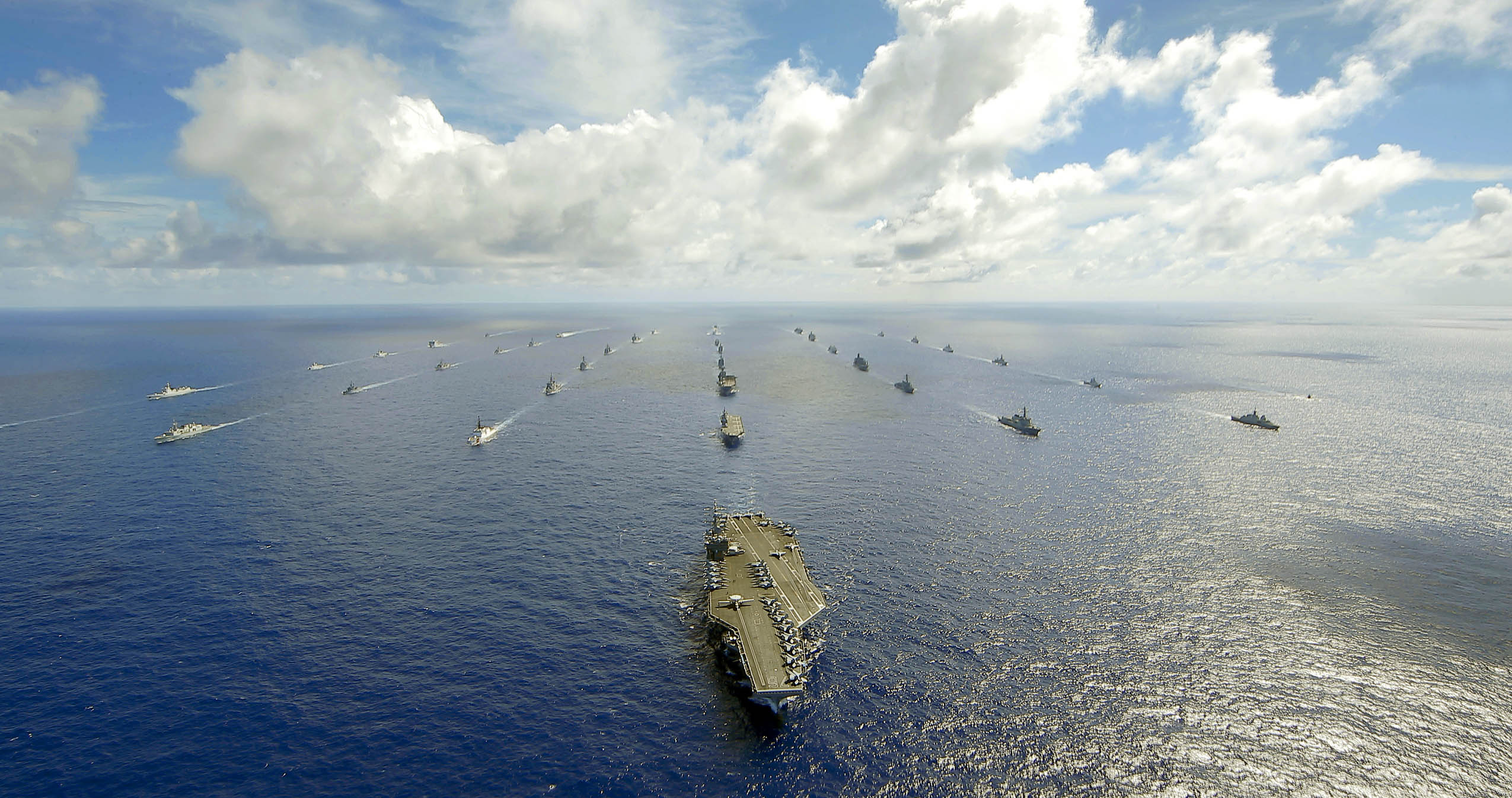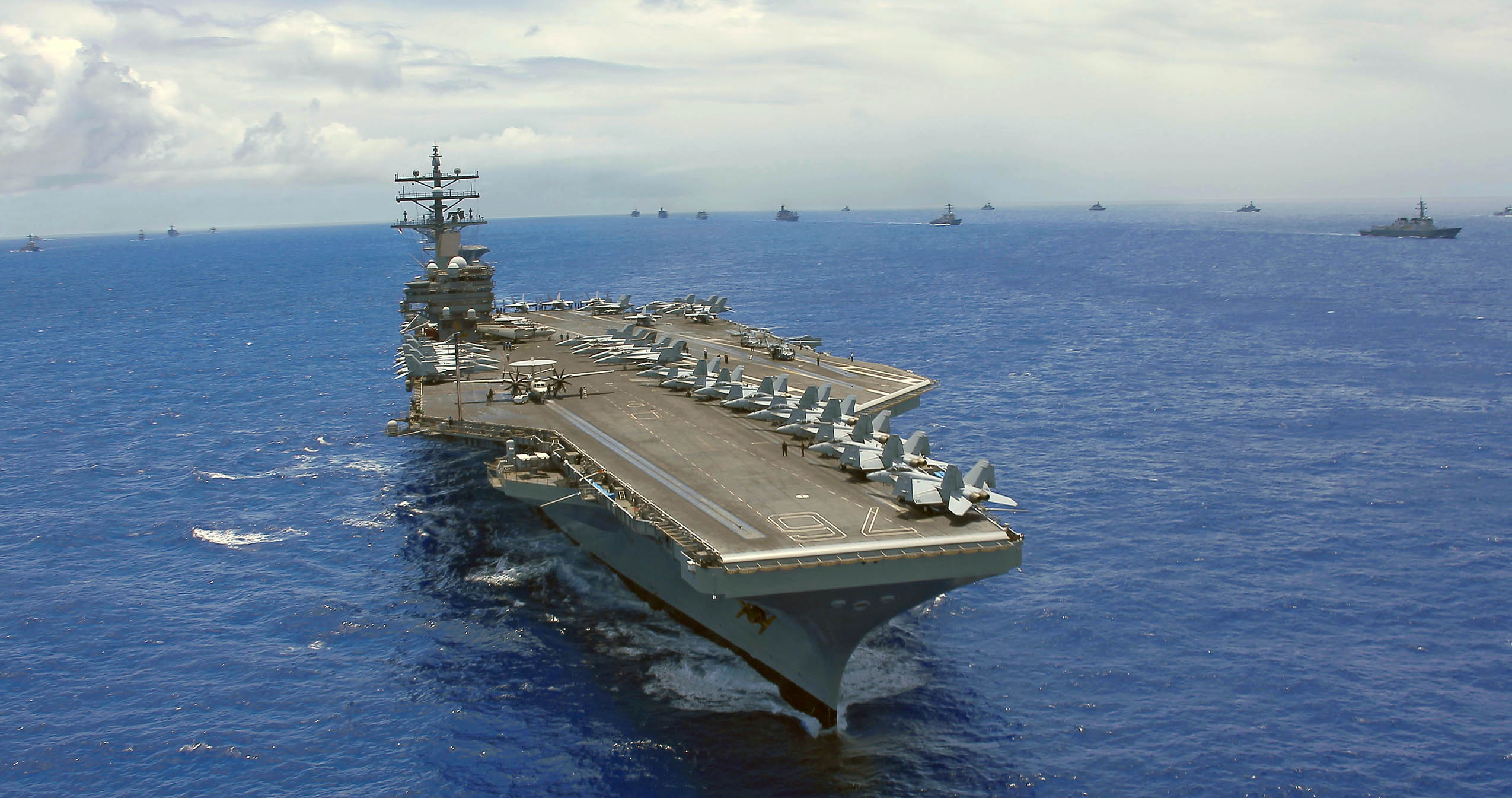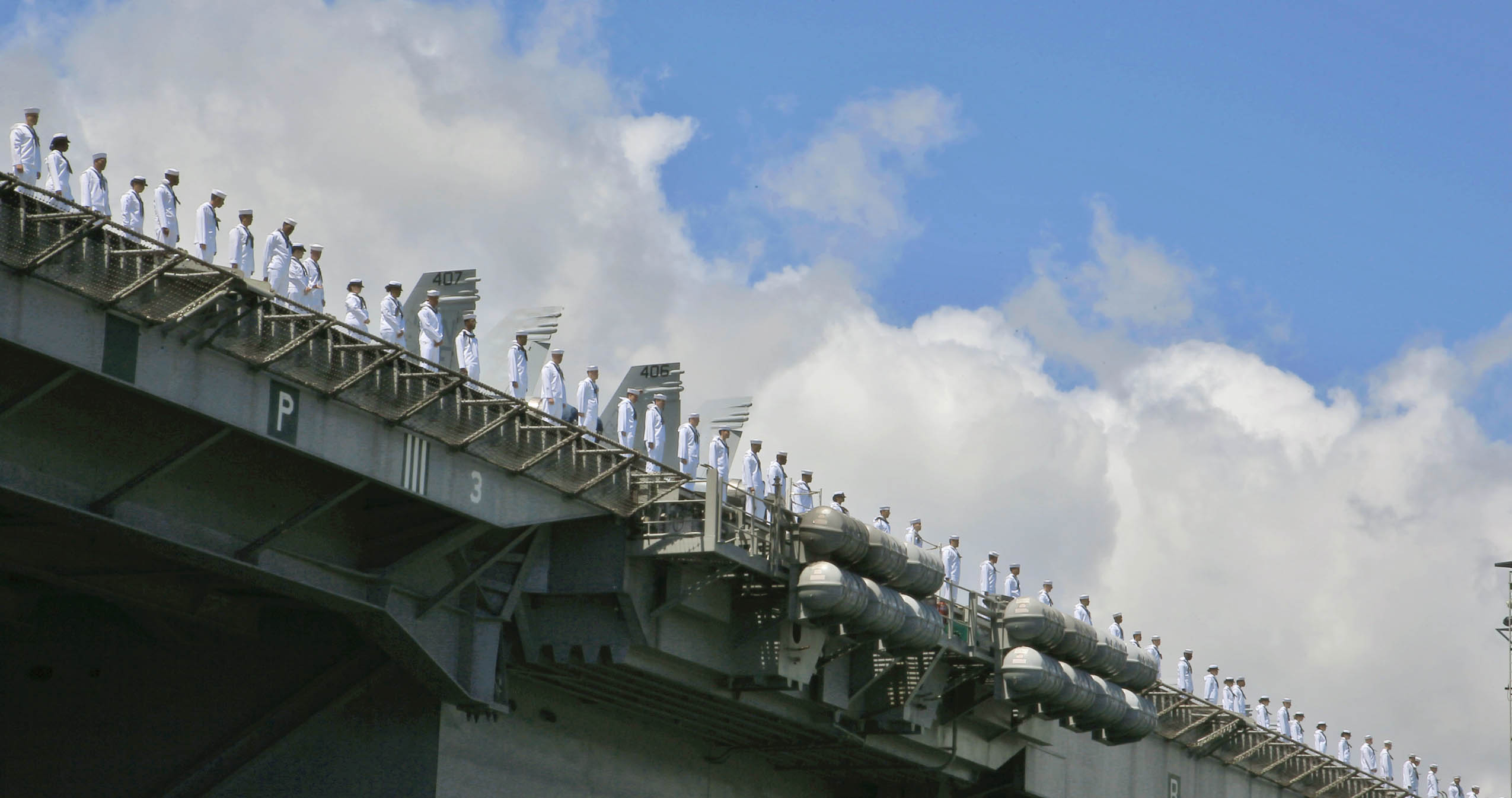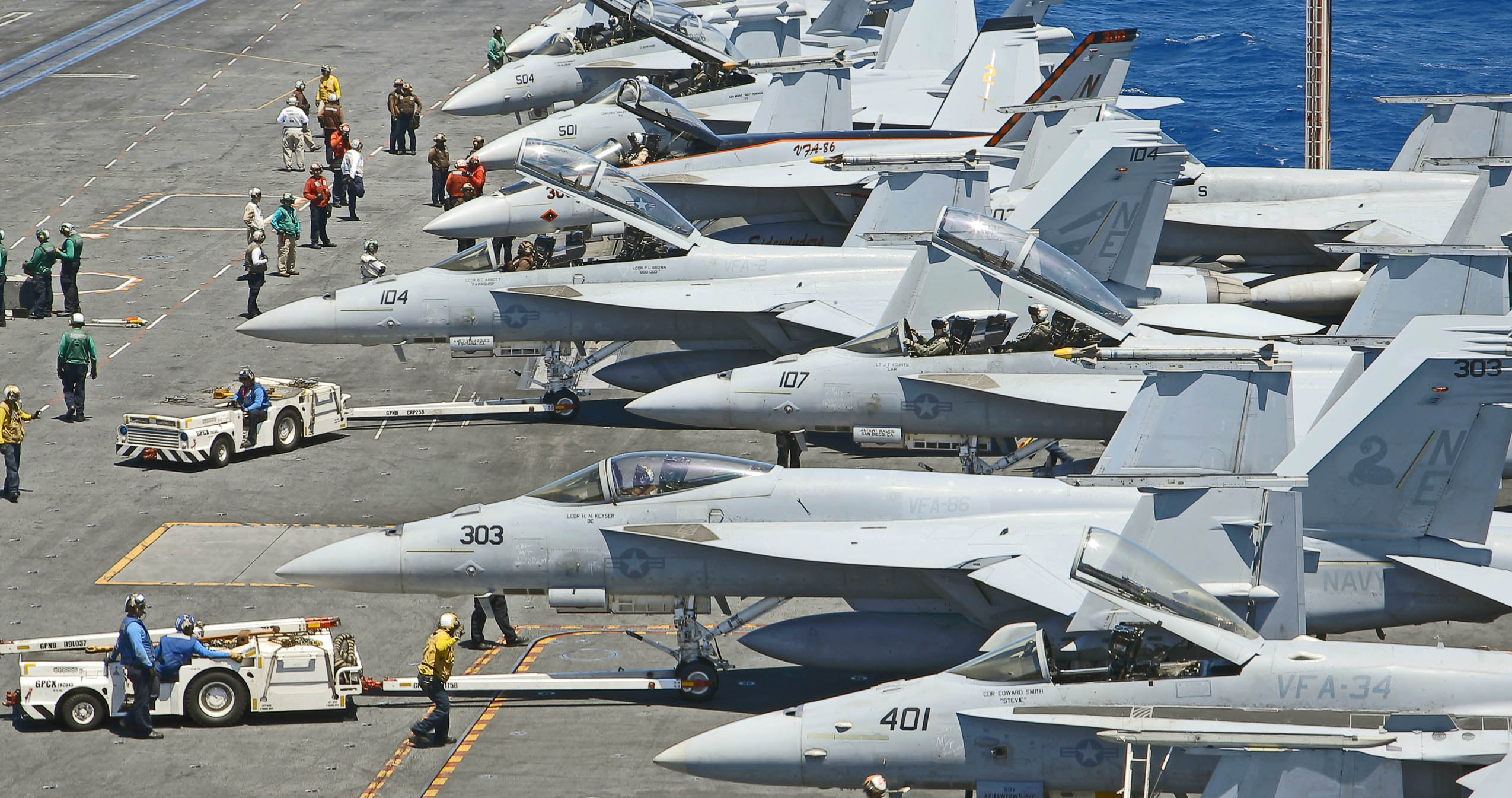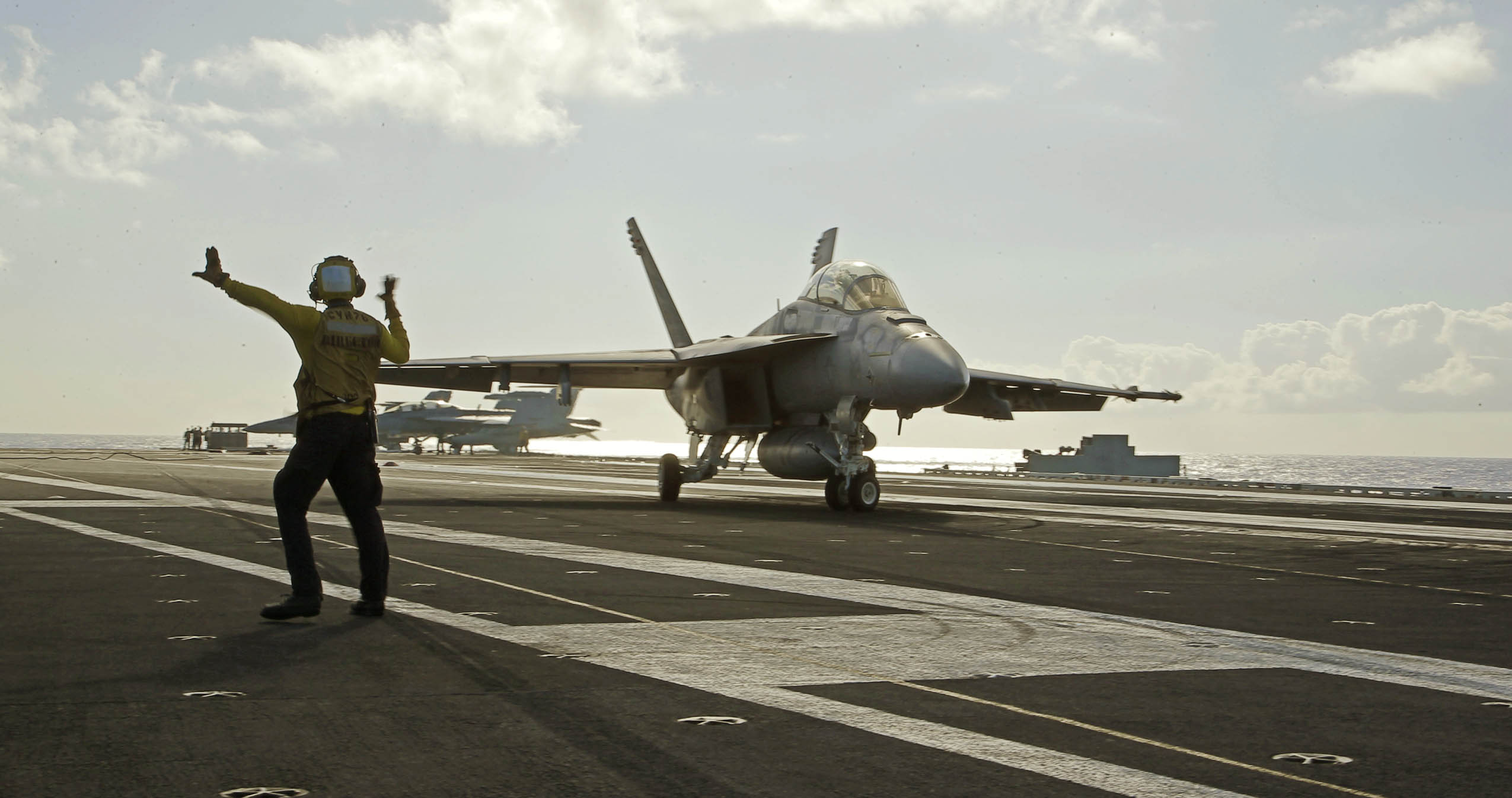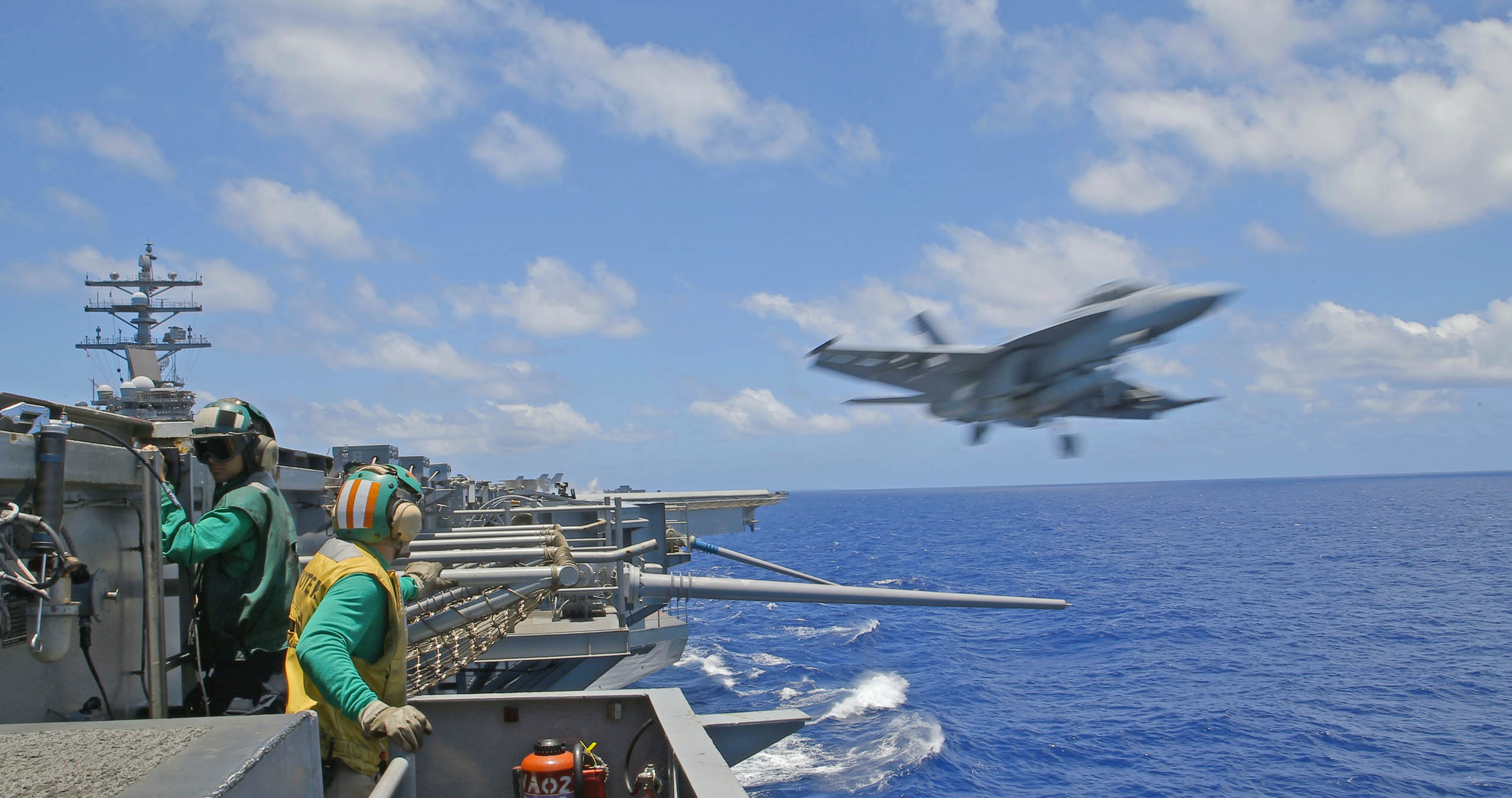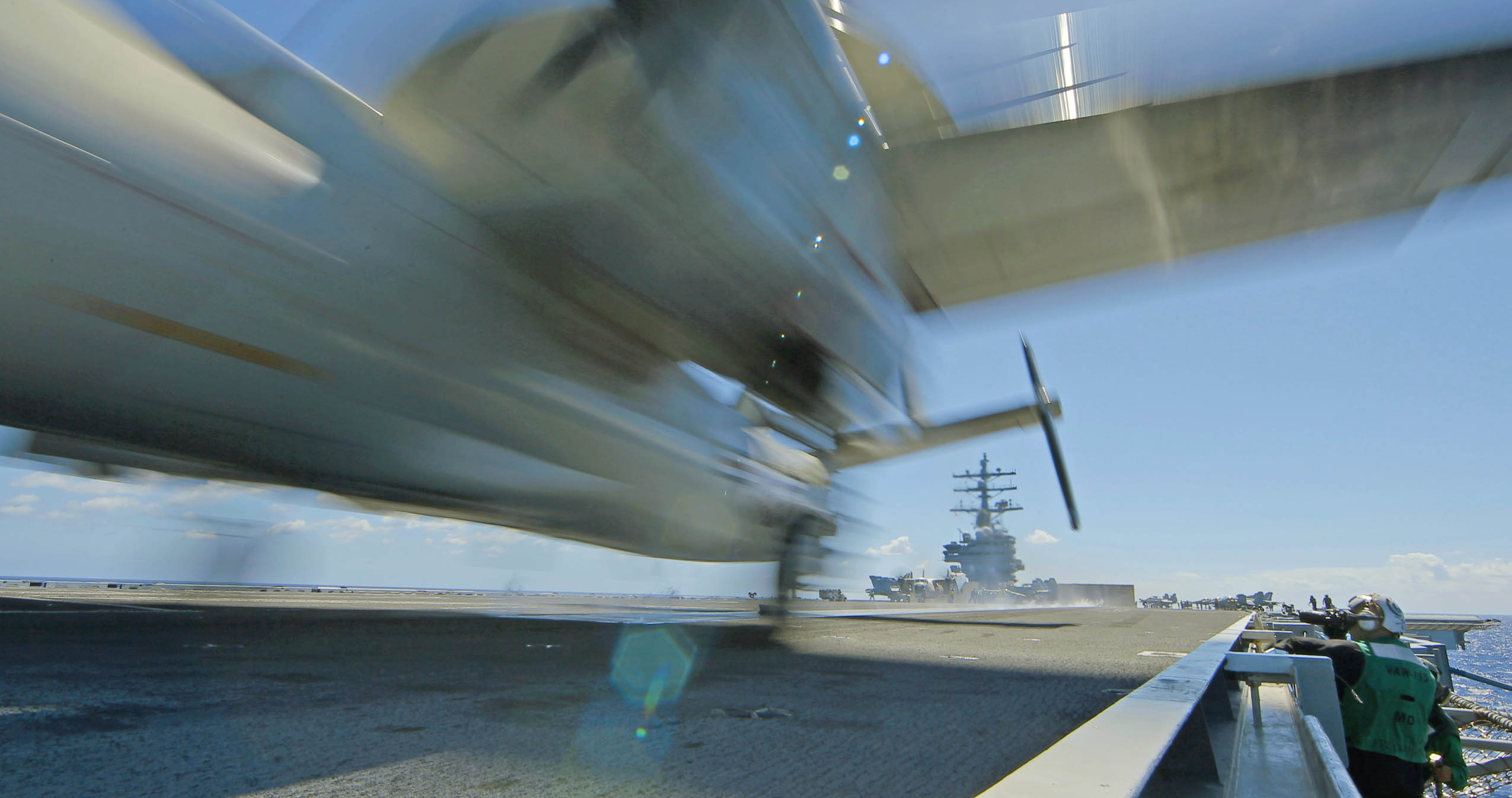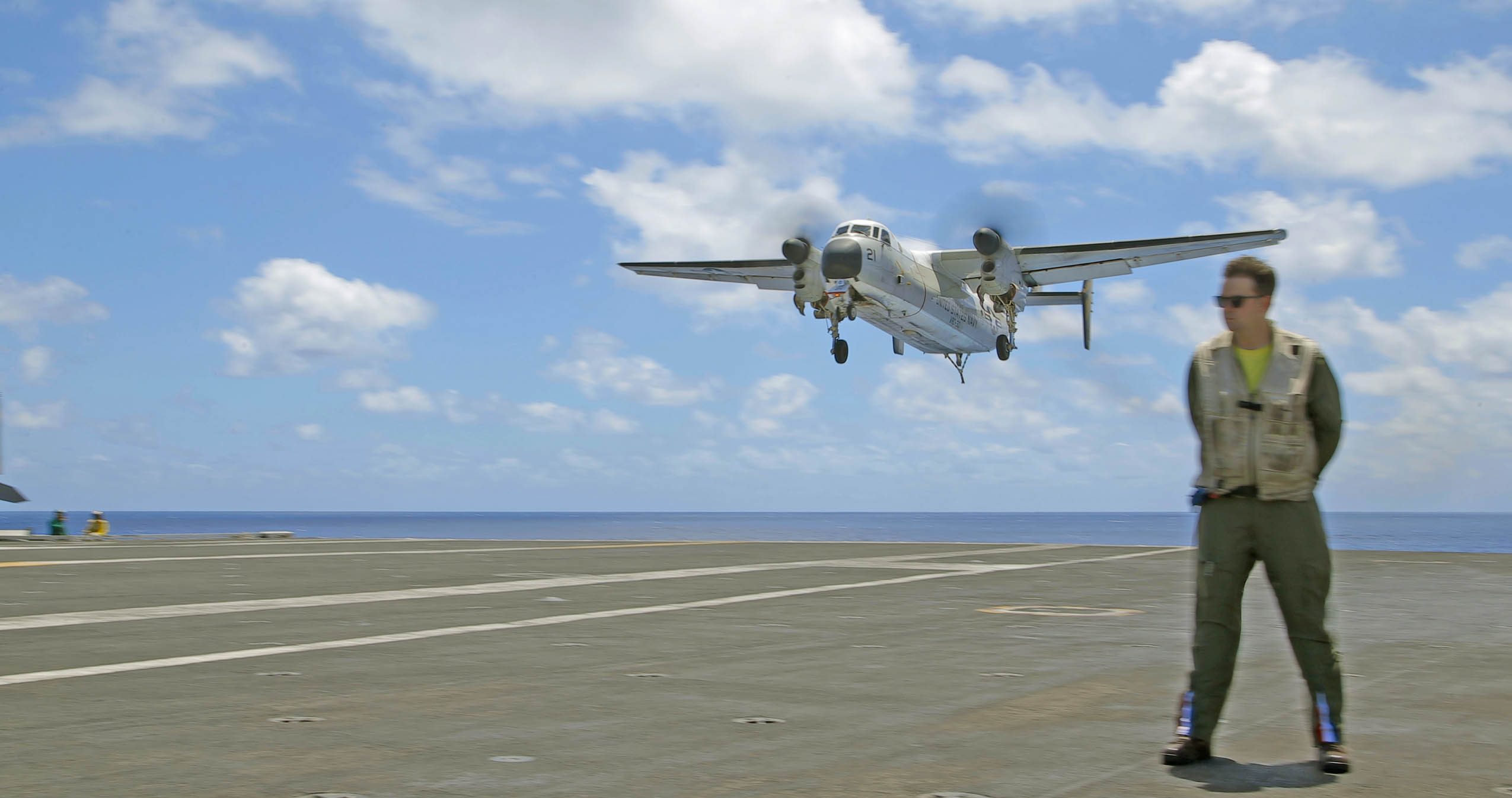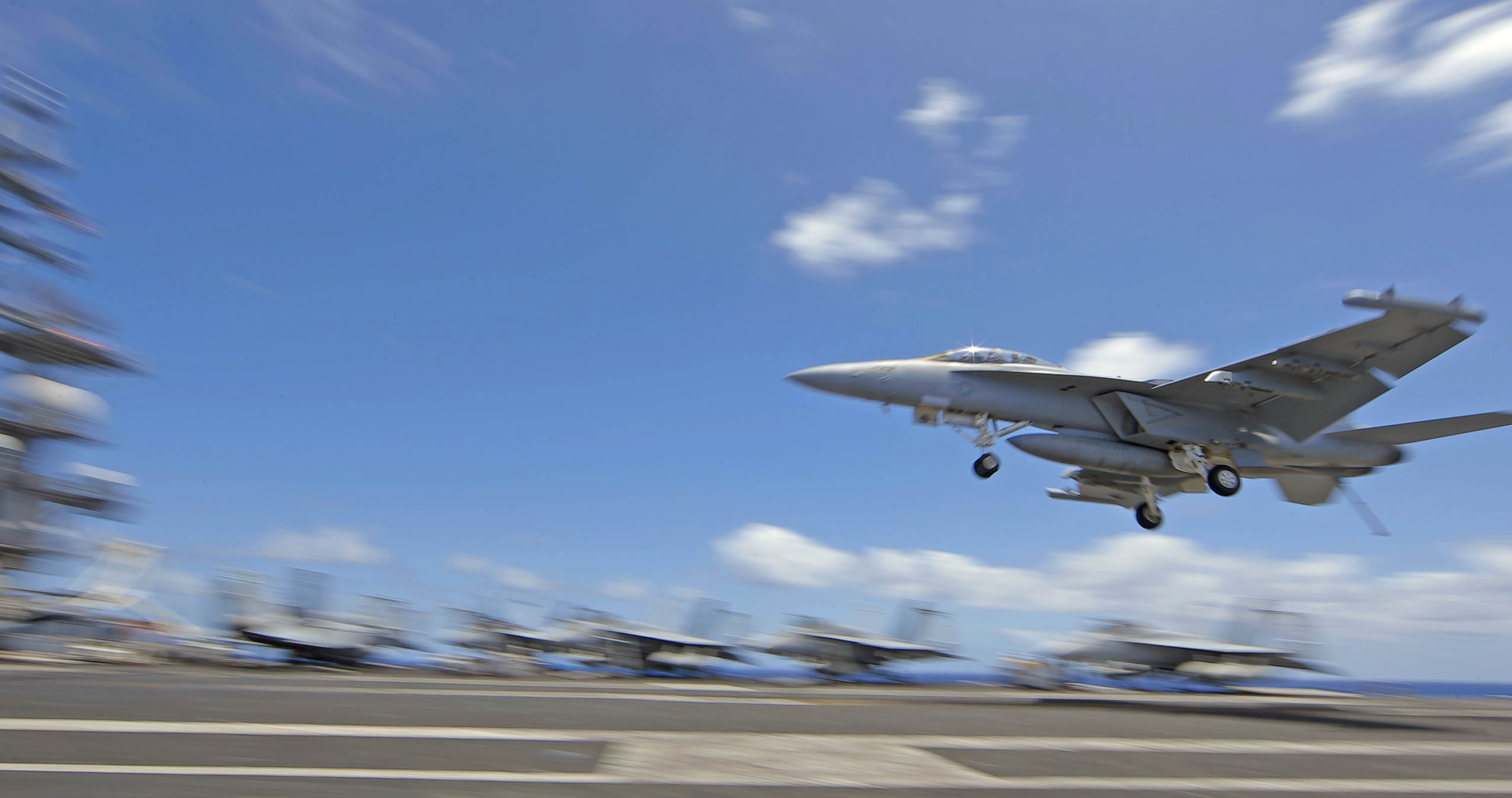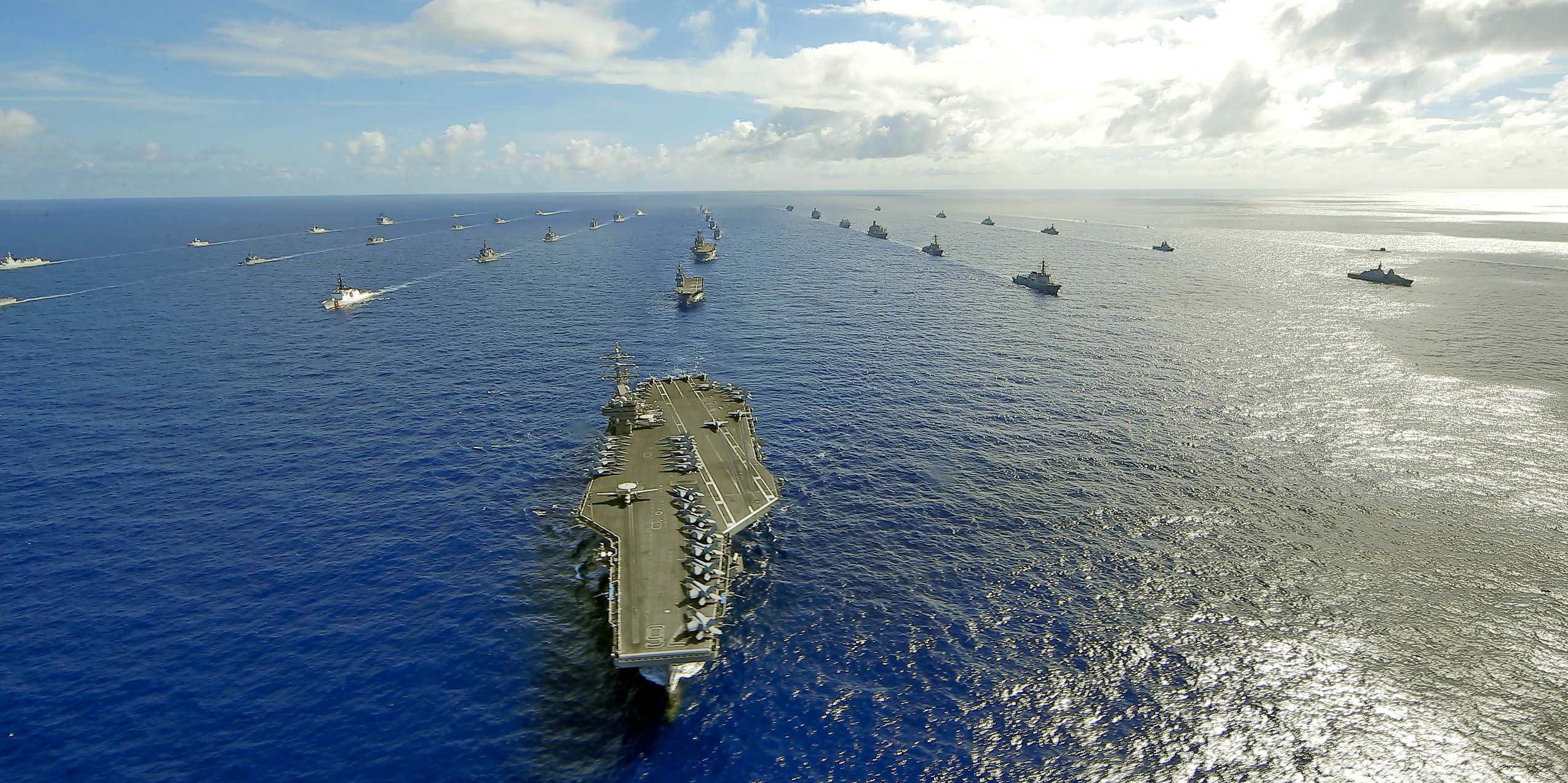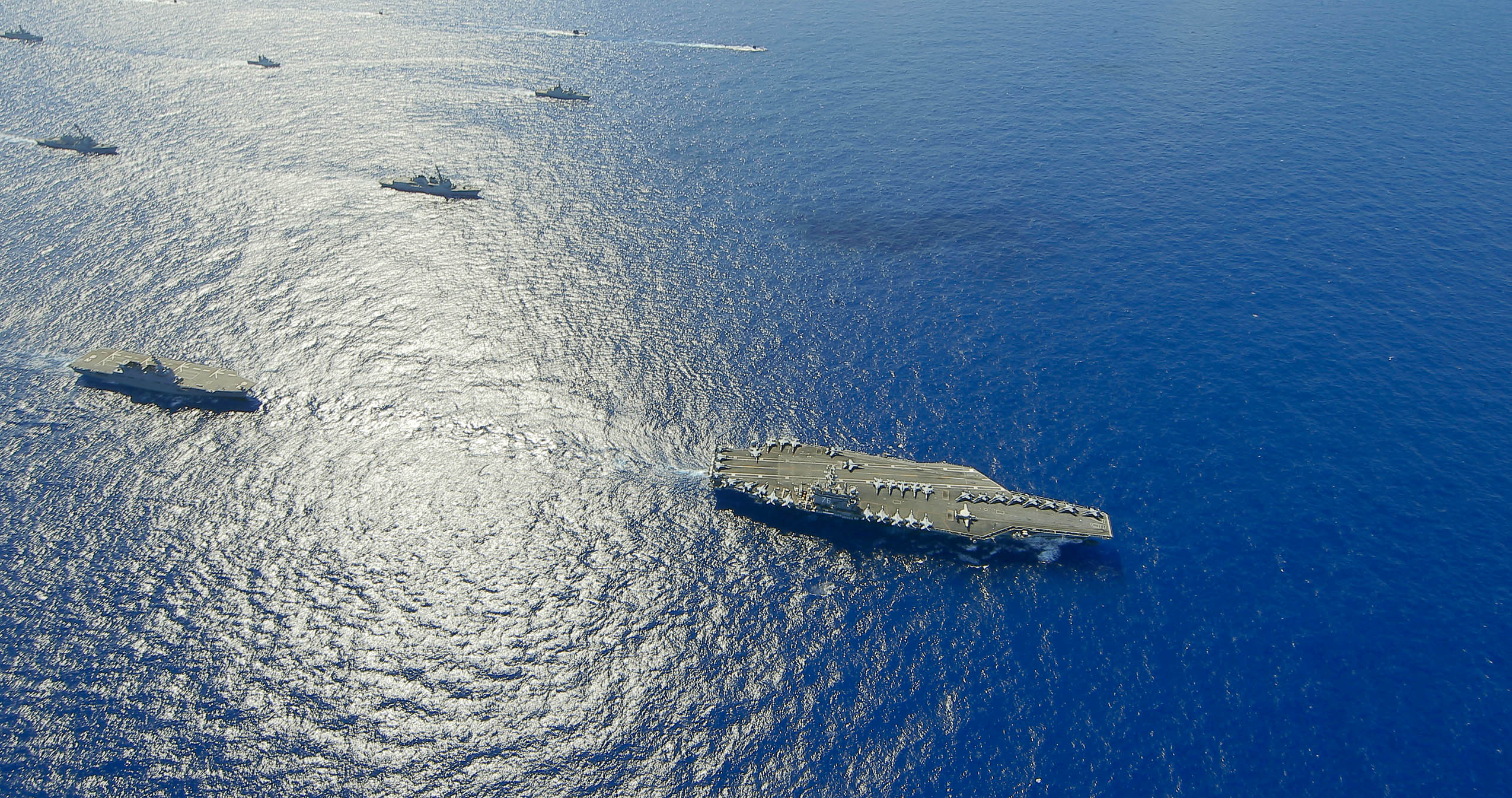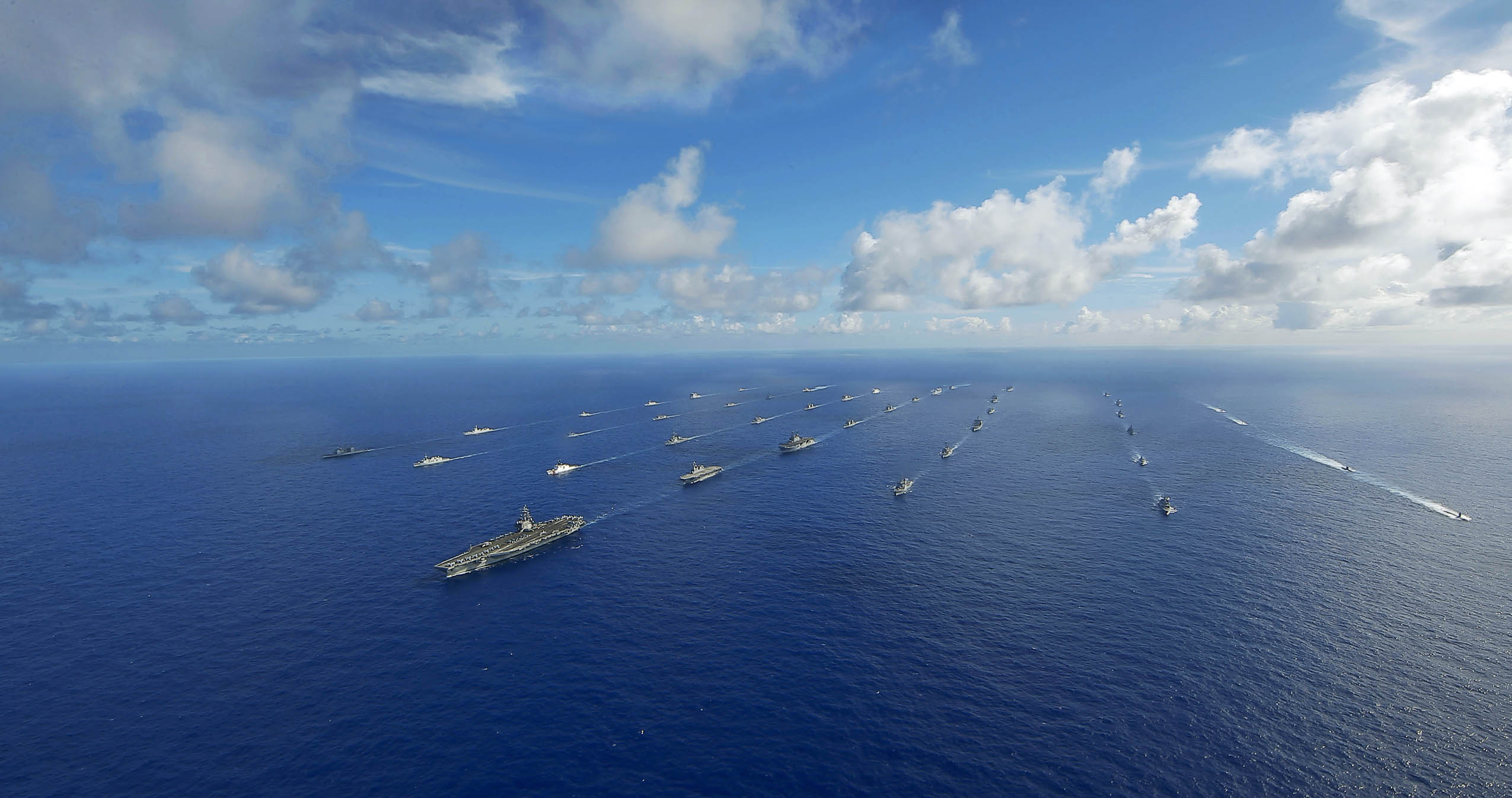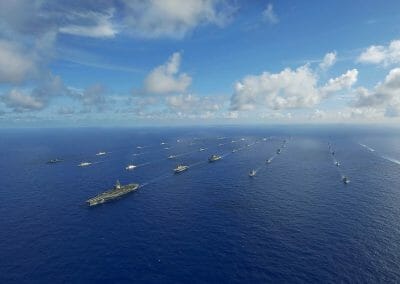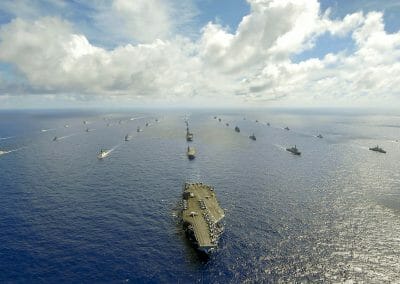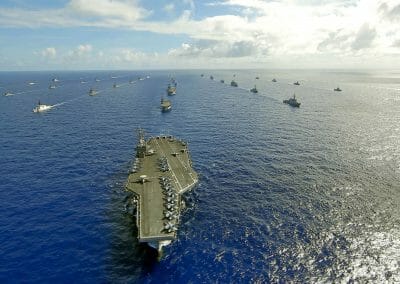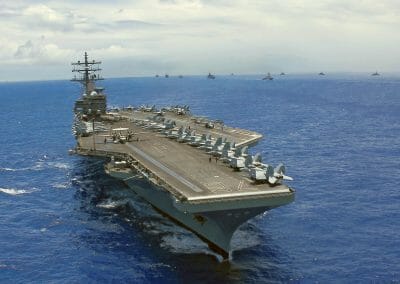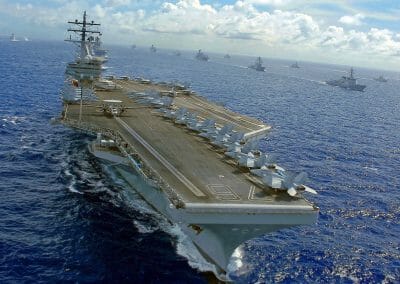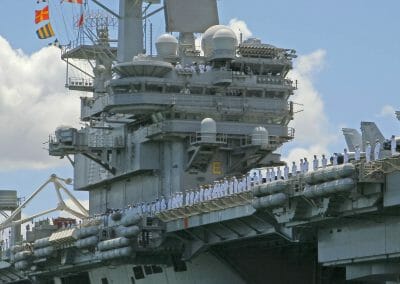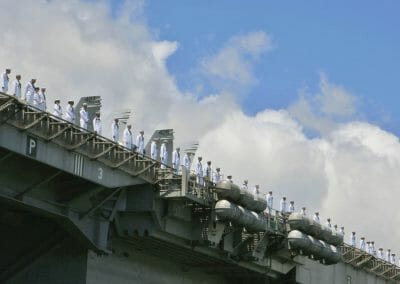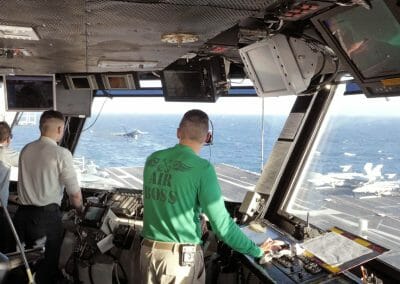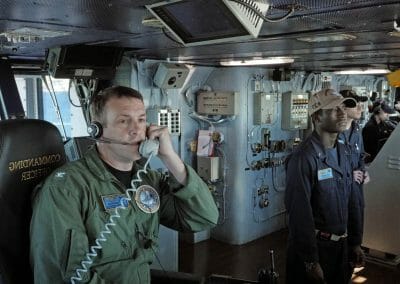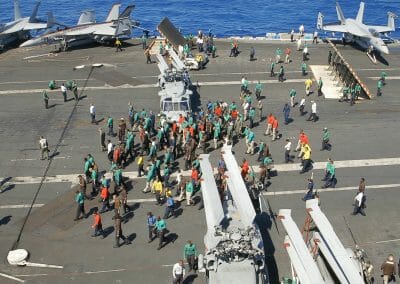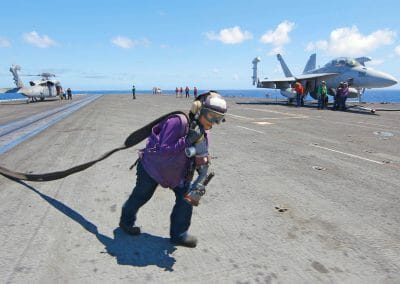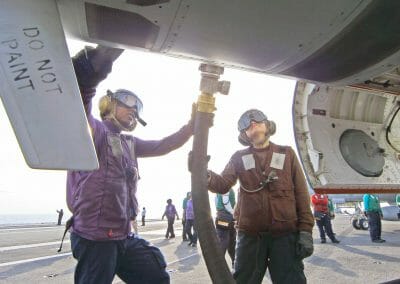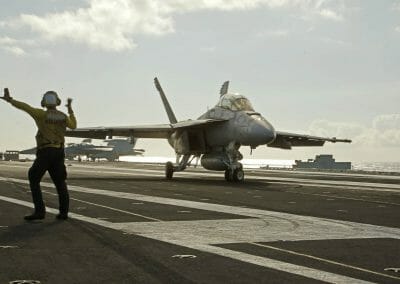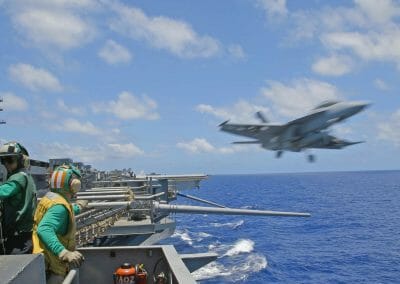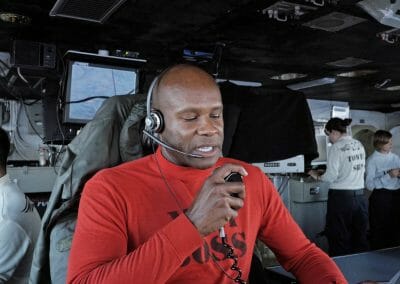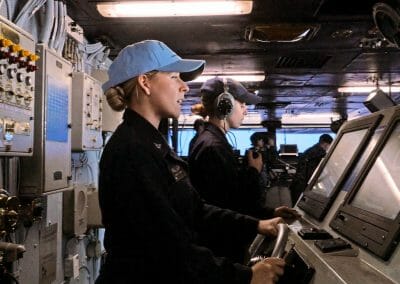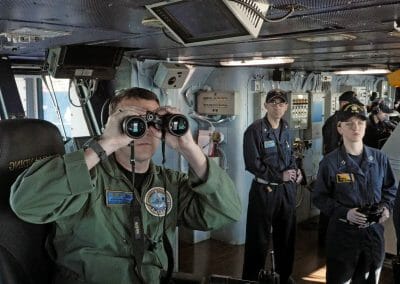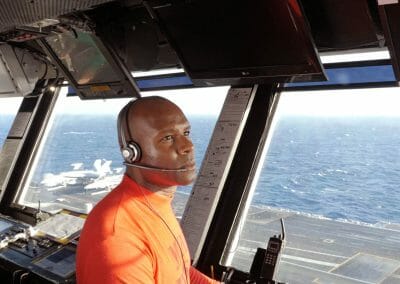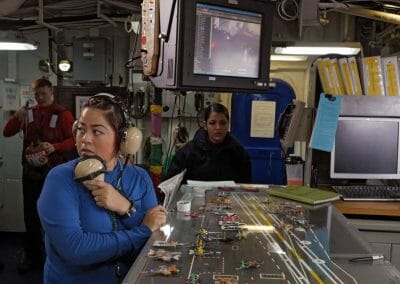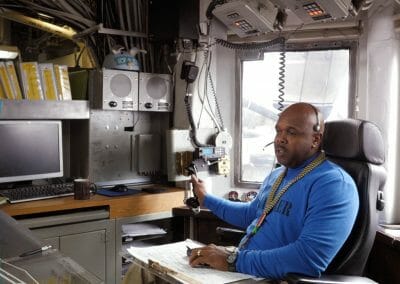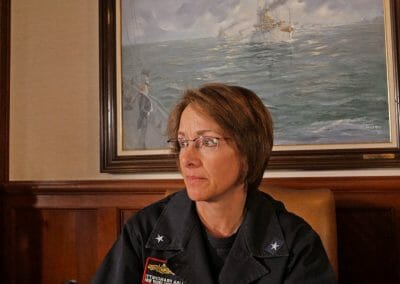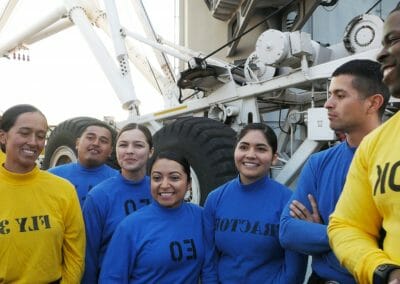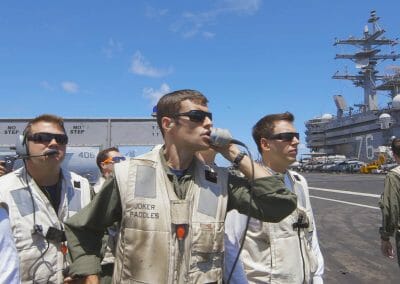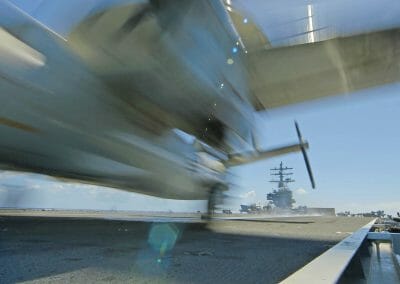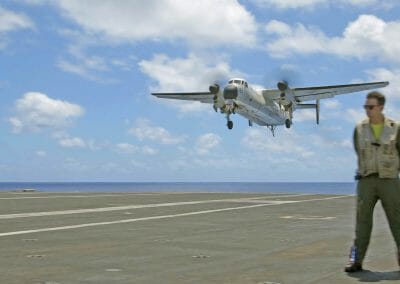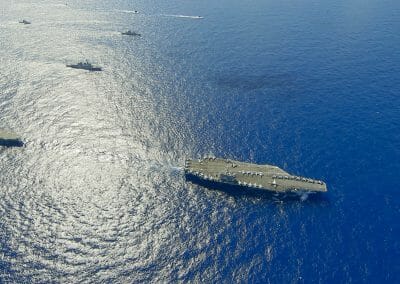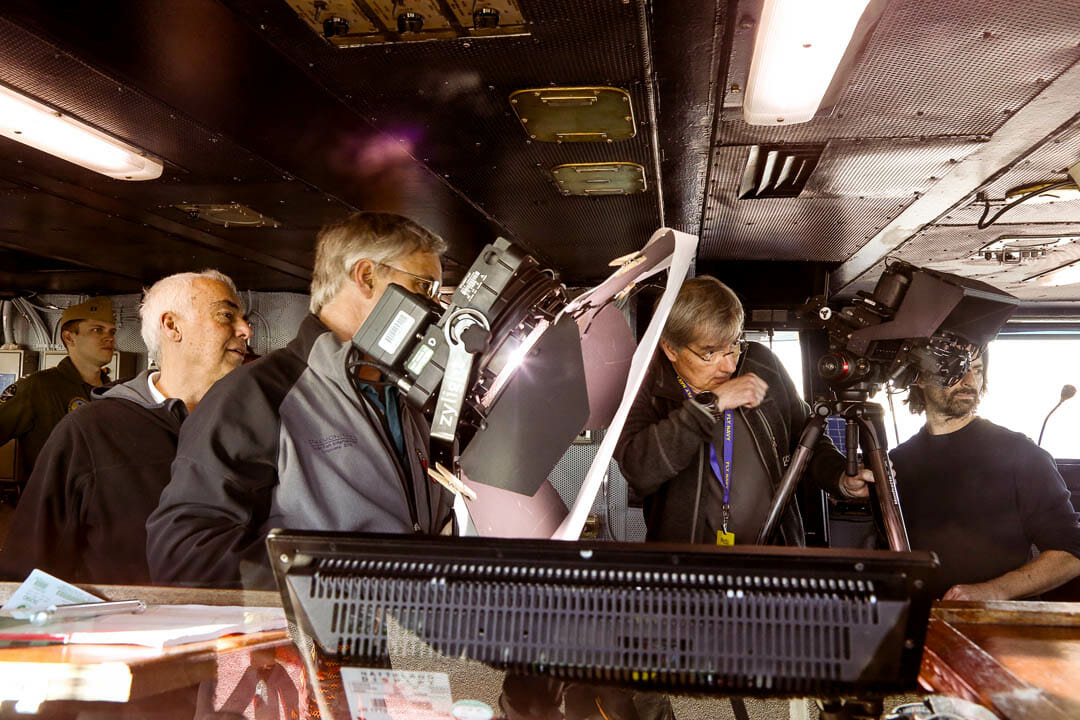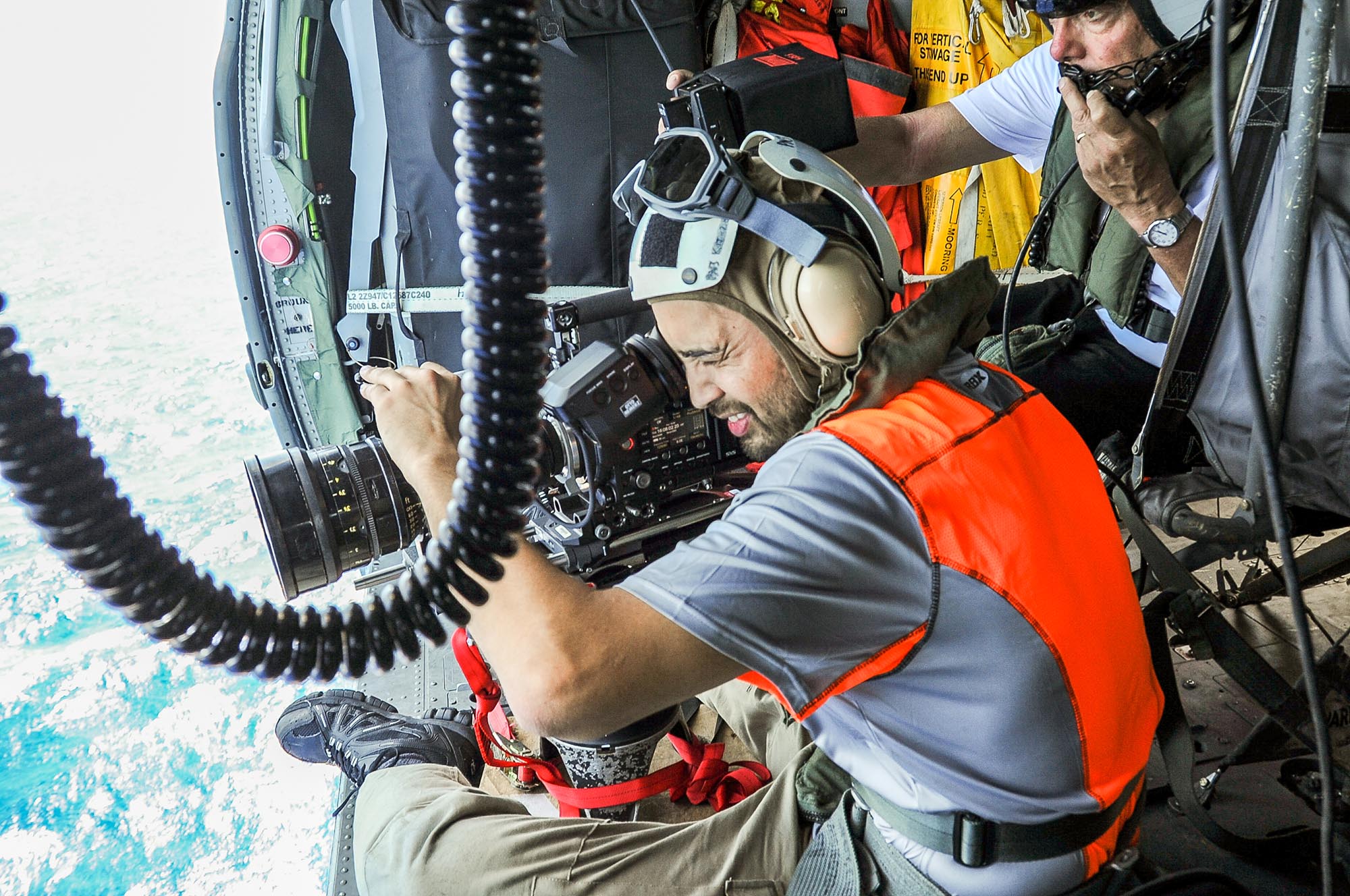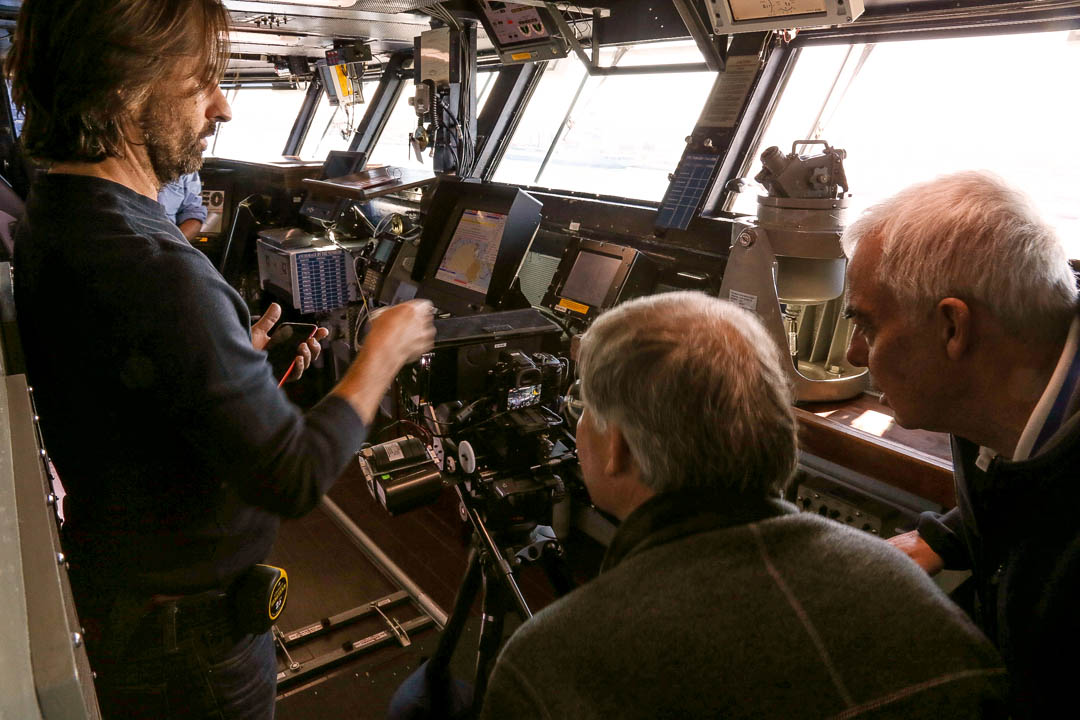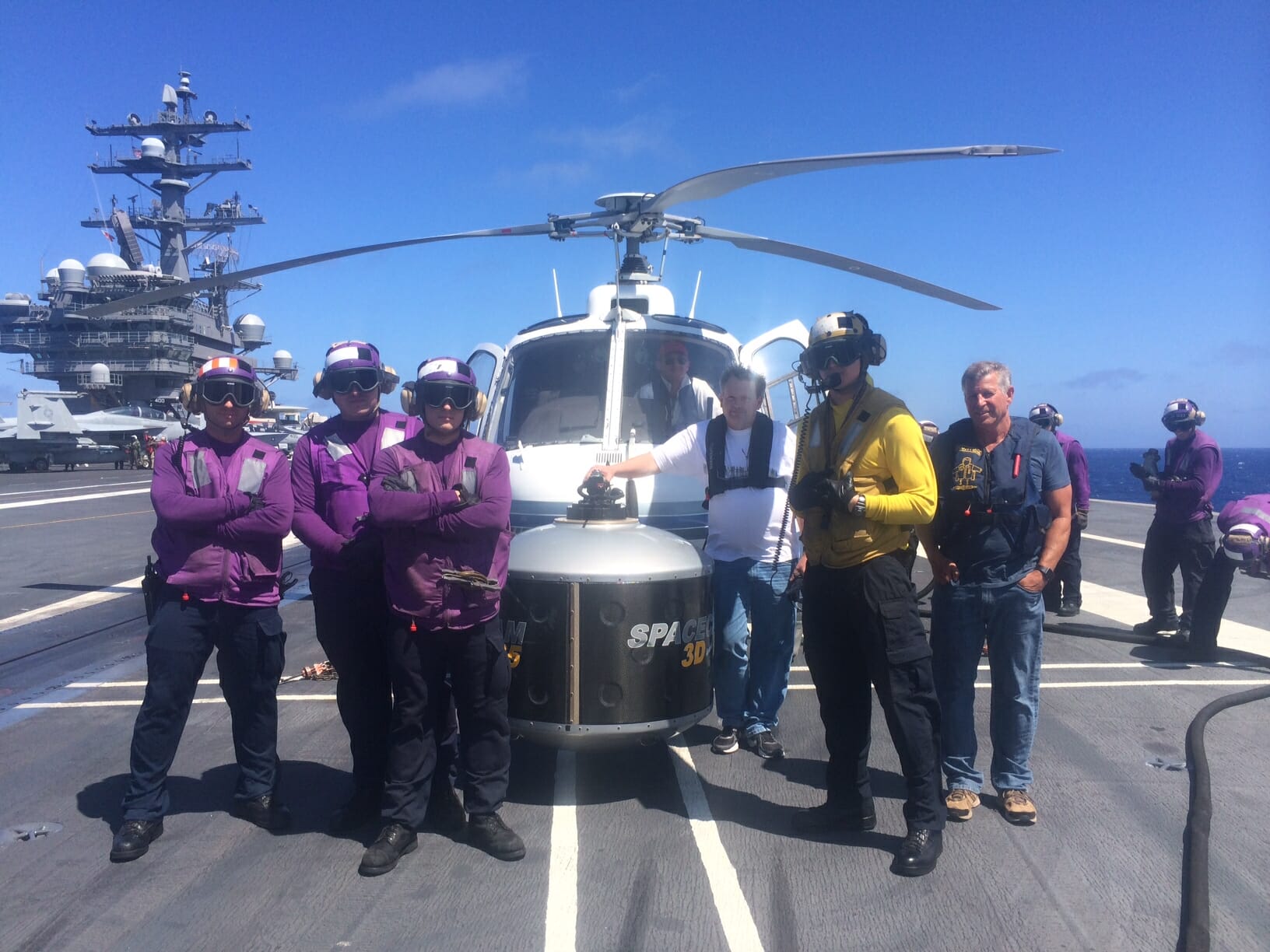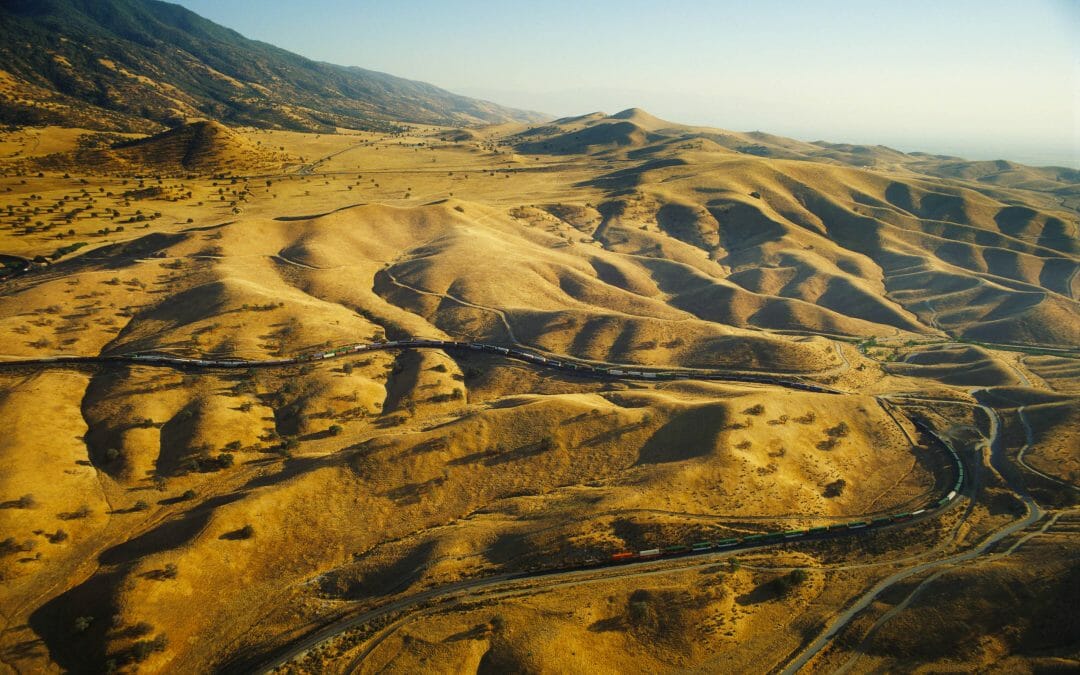

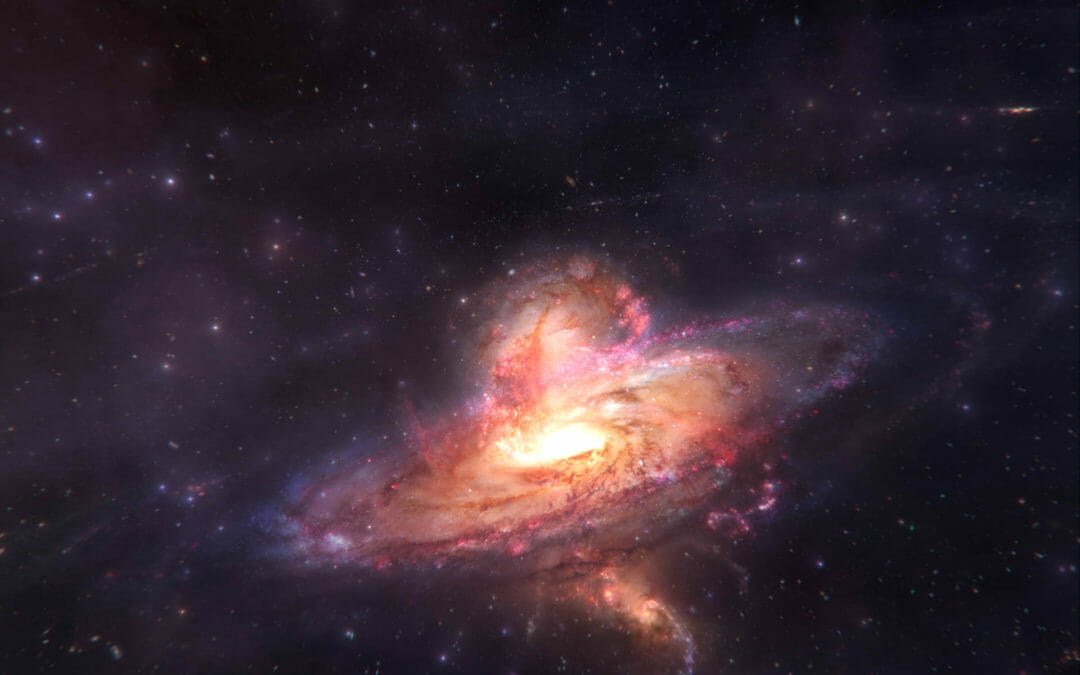
Secrets of the Universe
Secrets of the Universe
About the Film
Secrets of the Universe captures the excitement and groundbreaking science unfolding at the Large Hadron Collider at CERN–one of the largest scientific enterprises ever undertaken by humankind.
Synopsis
Galileo looked to the heavens, expanding our vision beyond our own planet. Einstein sought to understand the universe with math and a chalkboard and was perplexed by activity at the quantum level. The truth remains—there is still so much we do not know.
In Secrets of the Universe, narrator and featured personality, renowned physicist Manuel Calderon de la Barca Sanchez gives his insight on the nature of forces and matter and on the pursuit of science.
Secrets of the Universe is a sweeping, 3D giant screen adventure that immerses audiences in the greatest mysteries of our time—puzzles spanning from the infinitesimal to the infinite—and introduces the brilliant minds seeking to unravel them.
The answers await at the collision points of intellect and imagination, of theory and experiment, of the tiniest particles and the most powerful forces in the universe.
Travel with scientist Manuel Calderon de la Barca Sanchez as he journeys to the largest machine ever built, the greatest scientific instrument ever created, the Large Hadron Collider (LHC). There, he joins a global team working to uncover another amazing breakthrough in this new world of technology-driven physics. We get an inside look at the machine and come to understand just what it means to do science, teaming up for the flag of humanity to solve the universe’s greatest mysteries.
We don’t stop with the Large Hadron Collider, though. The machines we’ve built are as diverse as the secrets we’re looking for, and the people looking for them. We travel to the Laser Interferometer Gravitational Observatory (LIGO), the amazing project that recently confirmed Einstein’s century old prediction of the existence of gravitational waves. Humanity is at the edge of unprecedented scientific discovery, and we can all be a part of it!
In Theaters—(where to see Secrets of the Universe)
Official film site: secretsoftheuniversefilm.com
For theater locations: Where-to-see Secrets of the Universe
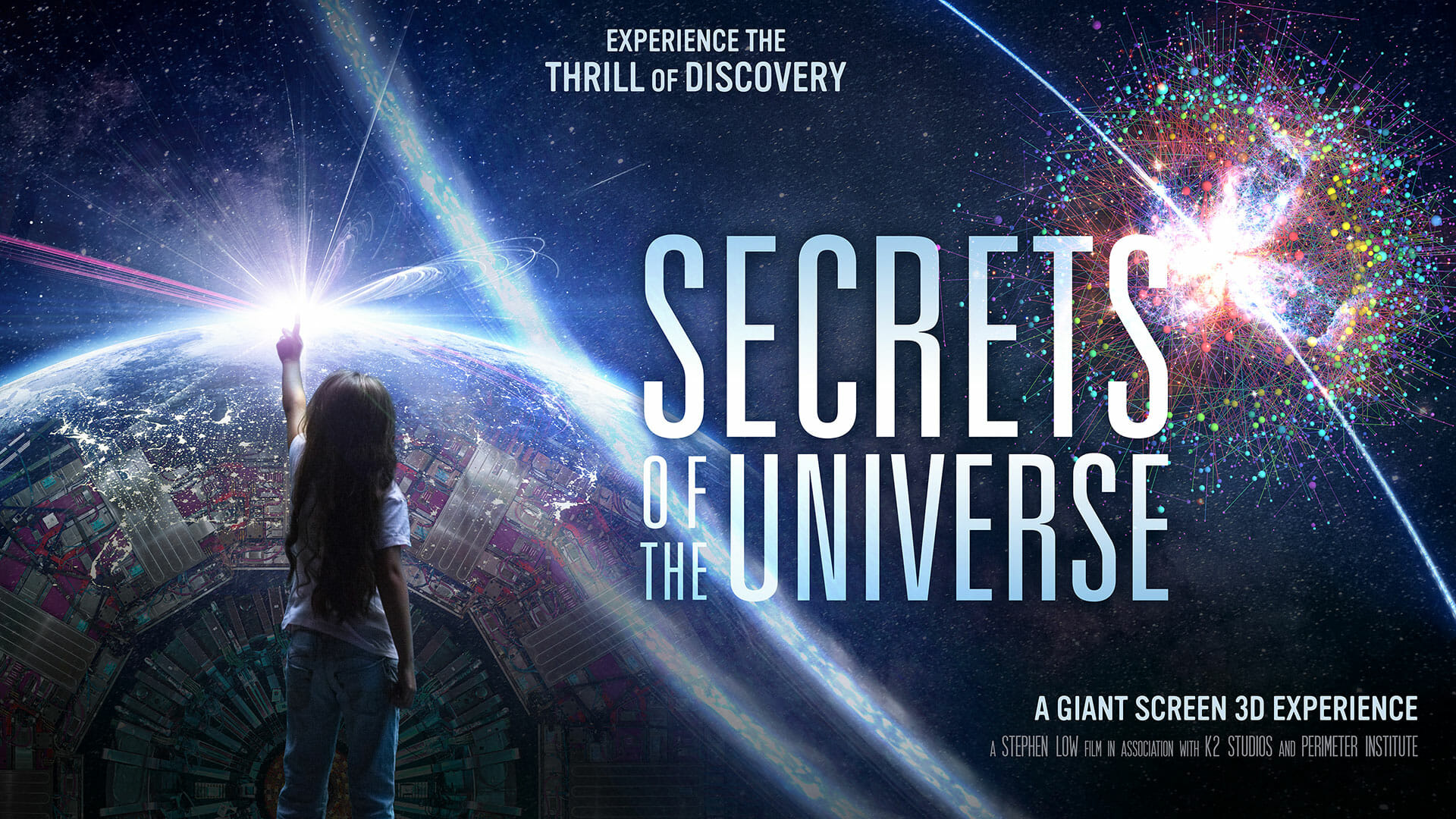
Trailer
Theme
The Big Question
What is the universe made of? The Large Hadron Collider (LHC) studies the fundamental particles that comprise all forms of matter. The LHC is the world’s most powerful particle accelerator. Located underground along the France-Switzerland border near Geneva, it took 10 years for the European Organization for Nuclear Research (CERN) to build. The LHC consists of a 27-kilometre circular tunnel surrounded by very powerful superconducting magnets, designed to engineer collisions between beams of particles at speeds approaching the speed of light (300,000 km/s).
HOW IT WORKS
Inside the accelerator, two high-energy particle beams travel at close to the speed of light before they are made to collide. They are guided around the accelerator ring by a strong magnetic field maintained by superconducting electromagnets, which must be chilled to ‑271.3°C – a temperature colder than outer space – using liquid helium.
Thousands of magnets of different varieties and sizes are used to direct the beams around the accelerator, bending and focusing them as necessary to increase the chances of collision. The particles are so tiny that the task of making them collide is like firing two needles 10 kilometres apart with such precision that they meet halfway. The beams inside the LHC are made to collide at four locations around the accelerator ring, corresponding to the positions of four particle detectors – ATLAS, CMS, ALICE, and LHCb.
WHY IT MATTERS
The LHC’s Higgs discovery provides the missing piece to the Standard Model of particle physics. The Standard Model explains how the basic building blocks of matter interact, governed by four fundamental forces: the strong force, the weak force, the electromagnetic force, and the gravitational force. It has been an incredibly successful model of the subatomic world, explaining almost all experimental results and precisely predicting a wide variety of phenomena. But it had a glitch.
Some of the particles in the Standard Model emerge without a mass, while experiment shows them to have mass. Robert Brout, François Englert, and Peter Higgs resolved this problem with a theory of an invisible field, now called the “Higgs field,” that gives these particles mass when they interact. The LHC’s experimental discovery of the associated Higgs particle is a major step for the Standard Model.
THE PEOPLE
The LHC is a massive collaboration, involving over 10,000 scientists from hundreds of universities and laboratories in more than 70 countries. This includes not only those responsible for the design, construction, and operation of the collider, but also those that run the experiments and those that analyze the resulting data. Some of the key figures include:
Fabiola Gianotti, Director-General
Frédérick Bordry, Director for Accelerators and Technology
Eckhard Elsen, Director for Research and Computing
The Production
Production Notes
Initial production work for the project began in late 2014 with research and shooting at the CERN super-collider facility which sits astride the Franco-Swiss border near Geneva. The film premiered at the National Air and Space Museum in Washington, D.C. in 2019.
About the Film
- Production Format: Digital
- Duration: 45 min.
- Released date: 2019.
- Produced by: Stephen Low Productions Inc.
- Distributed by: K2 Communications Inc. / The Stephen Low Company
- Available for license: IMAX Digital
- Official film site: https://secretsoftheuniversefilm.com
Credits
- Writtten and Directed by Stephen Low
- Directory of Photography: Tristan Breeuwer
- Featuring: Manuel Calderón de la Barca Sánchez
- Executive Producers: Mark Kresser, Robert Kresser, Pietro L. Serapiglia
- Produced by: Stephen Low
- Co-produced by: Pietro L. Serapiglia
- Edited by: James Lahti
- Lead project consultant: Greg Dick
- Executive in charge of production: Dougal Caron
- Line Producer: Michel Chauvin
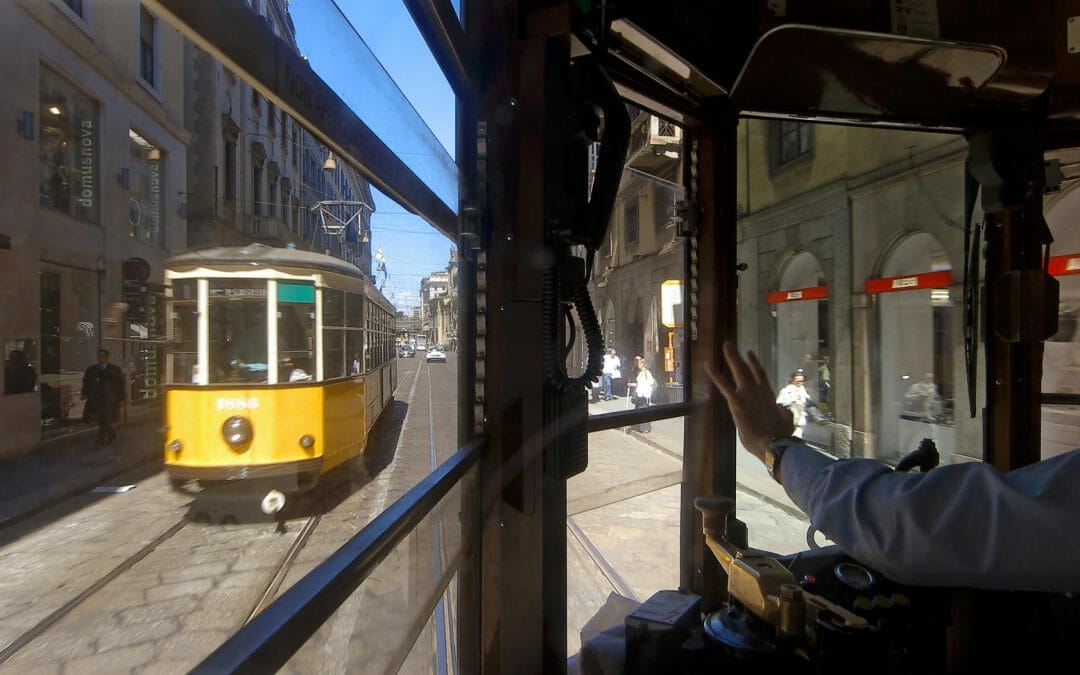
The Trolley
The Trolley
Synopsis
The Trolley propels giant screen audiences through the great cities of the globe to tell the story of one of civilization’s most remarkable inventions. Step aboard the talented electric trolley for a ride across the eras and through thirty-nine cities and sixteen countries…
Perfected in the 19th century workshop of American inventor Frank Sprague, the first functional electric trolley was embraced as a miracle of the electric age—a device that could rid streets of suffocating piles of horse manure and flies and even re-invent civilization. And it did.
Watch the Film
The Trolley is now available to watch here! Pop some popcorn and catch the full film above.
Then go out and change the world…
Trailer
Director’s Statement
The Trolley stares down the automobile. In climate change, humanity faces a global crisis that is in scale and complexity unlike anything we have encountered before, yet we already have the solutions. We have technological tools at our disposal to tackle greenhouse gas emissions head-on, we just don’t seem able as individuals and as a society, to change our behaviour.
The Trolley focuses on one key area of greenhouse gas production—the spectacularly wasteful urban transportation evident in almost every city in the world—and shows how we once embraced the perfect solution and then threw it away.
High-friction rubber-tired vehicles powered by internal combustion engines (or even batteries) trapped in gridlock, carrying only one or a few passengers, make no sense from a carbon-emissions standpoint, yet our society has embraced this gizmo fetish with a wild fervour. We are continually buying and selling and subsidizing the twin myths of the automobile: personal freedom and technological utility, yet in clogged urban arteries in a disintegrating environment, the car offers neither.
The Trolley delivers an alternative sales pitch: a plea for shared transportation, equal access, electrical efficiency and the proven frictionless physics of steel wheels on steel rails. The electric trolley is so yesterday, but it needs to become our tomorrow.
—Stephen Low, Filmmaker
Galleries
Theme & Inspiration
A Tale of Cities. As a child growing up in Montreal in the 1950s, filmmaker Stephen Low had an opportunity to ride the streetcar with his father, before that city scrapped its streetcar lines in the early 1960s, replacing them like many North American cities, with buses and with raised highway networks and vast numbers of cars. Living and working in Toronto in the 1980s and 90s, Low would get an opportunity to reconnect with the streetcar and wonder at its talents and persistence in a fast-growing, car-dominated metropolis. Why could some cities keep their trolleys and some not, and what did this mean for urban dwellers and the future of cities and indeed, civilization? With people in love with their cars, even talking about better alternatives has remained a social challenge—one the filmmaker has felt driven to address.
Geared for giant screen exhibition in museums and science and technology centers globally, The Trolley addresses the history and technology of public transit and the evolution of cities—from the perspective of the electric trolley.
Many cities have had their own particular trolley experiences, yet in many ways, the story of the electric trolley is universal, epic and in the view of the filmmaker, critical to the future of humankind. The trolley, tram or streetcar, as it is variously called, has been much ignored, even forgotten. By telling the story of the trolley as a single, century-and-a-half rollercoaster ride of innovation, achievement, near extinction and renaissance, the film reveals how society, gripped by a growing and persistent auto mania, has drastically undervalued the enormous efficiencies and benefits intrinsic to this 19th century invention.
The Production
Locations and Shooting
To capture the epic scope of the trolley story meant going to where the trolleys run. The Trolley was shot over more than two years, with the production team filming in Toronto, Geneva, Lyon, Montpellier, Marseille, Nice, Milan, and Hong Kong, as well as Seattle, Dallas, Houston, San Diego, Los Angeles and Pasadena. Altogether, using live action footage and archival imagery, the film depicts a wide range of trolley technology in some 39 cities in 16 countries. Hong Kong offers double-decker trolleys consistent with the city’s extreme verticality. Milan boasts iconic wooden trolleys from the 1920s still serving its citizens. Some run station-to-station as light rail, others sweep down grass-covered boulevards, stopping on demand, or brave the sleet and snow as in Toronto.
The Toronto Story
Toronto became a focus in The Trolley because of the city’s enduring connection with the technology. The city’s first electric trolley began running in 1892 and Toronto is one of the only centers in North America to develop and maintain an extensive network to the present day, despite detractors and actual plans in the 1960s to scrap the system.
Filming in Toronto was undertaken throughout the Toronto Transit Commission (TTC) system and included the classic and still ever-present red rockets (1977-present), the PCC cars (1938-1995) and the wooden Peter Witt trolleys that operated from the early 1920s into the 1960s, as well as the manufacturing and introduction of the new Flexity tram. Shooting also included filming at the Bombardier assembly plant in Thunder Bay as well as at The Halton County Radial Railway (HCRR) operated by the Ontario Electric Railway Historical Association (OERHA).
Format
The film weaves together live-action trolley journeys and urban street scenes with computer graphic reconstructions, maps and aerials. A wide array of archival footage and restored photographs help relate the remarkable history and changing fortunes of trolleys around the world. Filmed for presentation in IMAX and other giant screen theaters, the project was captured principally in ultra-high definition digital, with some scenes shot on classic 15perf./65mm motion picture negative.
About the Project
- Running time: 45-min.
- Director: Stephen Low
- Producer: City of the Future Films Inc. / The Stephen Low Company
- Distributor: Stephen Low Distribution Inc.
- Formats: Available in IMAX® laser digital 2D and all digital 2D theatrical formats
Cities in the Film
Toronto, ON
Milton, ON
Thunder Bay, ON
Calgary, AB
Portland, OR
Seattle, WA
Dallas, TX
Houston, TX
San Diego, CA
Los Angeles, CA
Pasadena, CA
Geneva, Switzerland
Montpellier, France
Marseilles, France
Nice, France
Milan, Italy
Vienna, Austria
Berlin, Germany
Brussels, Belgium
Hong Kong
Cities represented in archival stills or footage:
Richmond, VA
Queens, NY
Brooklyn, NY
New York, NY
San Francisco, CA
Long Island, CA
Chicago, IL
Saint Petersburg, Russia
Munich, Germany
Cologne, Germany
Dresden, Germany
Blackpool, England
London, England
Lancashire, England
Southampton, England
Cork City, Ireland
Shanghai, China
Cairo, Egypt
Hanoi, Vietnam
Hiroshima, Japan
Media
Clippings
Interview with filmmaker Stephen Low about The Trolley
[FEATURE/INTERVIEW] – audio clip
CBC Radio Here and Now, Toronto
Broadcast on: May 23, 2018
Director Stephen Low on his new doc The Trolley, the beauty of streetcars and shooting on IMAX – [FEATURE/INTERVIEW]
Globe and Mail
By Barry Hertz
Published on: April 30, 2018
‘The Trolley’ documentary explores the history of light-rail vehicles – [FEATURE/INTERVIEW]
CityTV
Aired: June 1, 2018
‘The Trolley’ gives Toronto streetcars their long-deserved closeup – [FEATURE/REVIEW]
Toronto Star
By Ed Keenan
Published on: May 3, 2018
Hot Docs 2018 Review: The Trolley – [FEATURE/REVIEW]
Scene Creek
By Dani Saad
Published on: April 28, 2018
The Trolley – [REVIEW]
The Gate
By Andrew Parker
Published on: June 1, 2018
The Trolley: Genius Invention Gets Love from IMAX Treatment – [FEATURE/REVIEW]
Original-Cin
By Liam Lacey
Published on: May 4, 2018
New documentary a ‘love letter’ to streetcars and trolleys – [FEATURE]
CityNews
By: News Staff
Published on: March 20, 2018
Toronto’s Hot Docs Festival reaches gender parity with 2018 lineup – [MENTION/SOUNDBITE]
The Globe and Mail
By: Barry Hertz
Published on: March 20, 2018
Hot Docs Finally Achieves Gender Parity with 2018 Lineup – [MENTION]
Exclaim!
By: Josiah Hughes
Published on: March 20, 2018
Media Contact
Media inquires:
Sophie van Bastelaer, AlphaPR
+ 1 647-901-6416
sophie@wearealphapr.com
Amy Saunders, AlphaPR
+1 647-282-0269
amy@wearealphapr.com
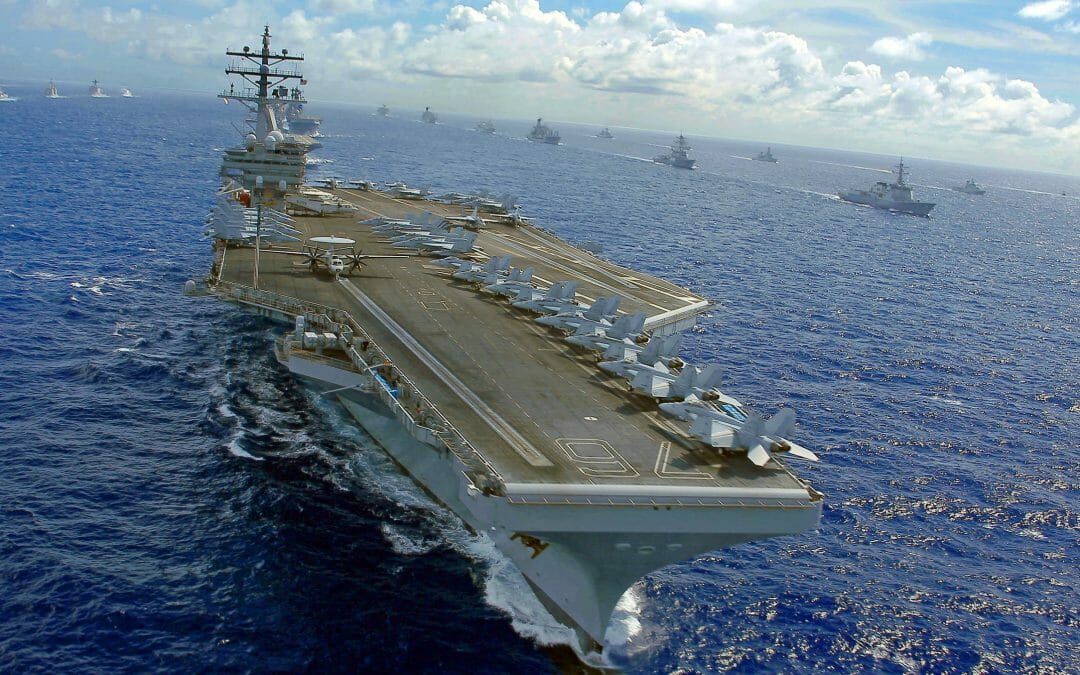
Aircraft Carrier 3D
Aircraft Carrier 3D
IN THEATERS NOW
The Film
Set against the stunning panorama of the world’s largest international naval exercise, Aircraft Carrier immerses audiences in action-packed air operations aboard a city-sized Nimitz-class aircraft carrier. Created for giant screens by the director of Fighter Pilot: Operation Red Flag and Rocky Mountain Express—Aircraft Carrier is captured in 15/70 motion picture film and ultra high-definition digital 3D.
Synopsis
Aircraft Carrier 3D focuses on the world of naval power and the astounding activity and air operations aboard a giant Nimitz-class aircraft carrier, the USS Ronald Reagan. The film presents authentically, the true scale and drama of carrier and fleet naval operations to giant screen audiences for the first time.
Viewers find themselves aboard a carrier alongside some 5,000 highly skilled sea and air personnel in the midst of a giant war simulation as part of the vast Rim of the Pacific (RIMPAC) training exercise. With the participation of 22 nations and more than 50 ships and submarines, 200 aircraft and 25,000 military personnel, a RIMPAC exercise is an astounding experience. Aircraft Carrier puts audiences in the center of the action.
The film reveals the remarkable inner workings of the giant carrier via live action coverage and engineering visualizations, and features aircraft such as the F-35C Lightning, the F35A, as well as the F-18 Super Hornet, and the Osprey. The film depicts the ships of many navies and highlights the range of roles played by naval and air power in a complex, turbulent world: from deterrence to aerial combat and special ops, to piracy prevention and support for humanitarian assistance.
Theme
Protecting and defending the world’s oceans has become exceedingly complex and challenging in the 21st century. Naval aviation is considered vital to patrolling the seas and being able to intervene in critical situations across the globe. As described by its organizers, the RIMPAC exercise is a training event geared to fostering and sustaining cooperative relationships critical to ensuring the safety of sea lanes and security on the world’s oceans. At the heart of RIMPAC and its naval and air operations is a giant Nimitz-class aircraft carrier—a high-technology air platform and floating city of remarkable capability.
About the Carrier. The USS Ronald Reagan sailed on her maiden voyage in July 2003. Currently based out of homeport San Diego, the carrier serves the Seventh Fleet headquartered at U.S. Fleet Activities Yokosuka, in Yokosuka, Japan—part of the United States Pacific Fleet. Nuclear-powered, the carrier has an unlimited range and houses a ship’s company of 3,200 along with an air wing of some 2,480 personnel and some 90 aircraft (fixed wing and helicopters).
Making the Film
Principal photography for Aircraft Carrier began with extensive coverage of the massive Rim of the Pacific (RIMPAC) exercise in July 2014 and continued through 2016. The film also incorporates unprecedented aerial scenes captured by the production crew on and around the USS Ronald Reagan, a US Navy Nimitz-class super carrier, during exercises 100 miles off the coast of southern California. The onboard crew captured 3D scenes of intense flight activities including night launches and landings as well as POV shots from the cockpit of F-18 Super Hornet fighter jets in flight.
Release
Aircraft Carrier had its World Premiere at the Smithsonian National Air and Space Museum, May 24, 2017 with release in IMAX and other giant screen theaters immediately following. Aircraft Carrier is available in both 43-minute and 24-minute versions and in IMAX® laser / 12.0 and in all digital 2D and 3D formats.
The Production
- Release: 2017
- World Premiere: May 24, 2017 – Smithsonian National Air and Space Museum, Washington DC
- Produced by: K2 Communications Inc., The Stephen Low Company and Giant Screen Films Inc.
- Distributed by: K2 Communications Inc. and Giant Screen Films Inc.
- Capture: filmed in 15/70 motion picture film and Ultra-high-definition digital 3D
- Length: 43-min. and 24-min versions
- Formats: available in IMAX® Laser / 12.0; all digital 2D and 3D formats
Credits
- Written and Directed by: Stephen Low
- Produced by: Mark Krenzien, Pietro L. Serapiglia, Andy Wood
- Executive Producers: Robert Kresser, Stephen Low, Don Kempf
- Editor: James Lahti
- Cinematographers: Tristan Breeuwer, Stephen Low, Ron Goodman
- Stereographer: Sean MacLeod Phillips A.S.C.
Where to See It
Theater Listings
Launching theaters are listed below. For up-to-date listings and links to exhibiting theaters for Aircraft Carrier visit: Theater Listings (on the official film site).
Launching Theaters
Smithsonian National Air & Space Museum
Washington, DC, USA
Phone: (202) 633-4629
Show end: May 2019
Steven F. Udvar-Hazy Center
Chantilly, VA, USA
Phone: (703) 572-4118
Show end: May 2019
National Infantry Museum
Columbus, GA, USA
Phone: (706) 685-5800
Show end: May 25, 2018
Kansas Cosmosphere
Hutchinson, KS, USA
Phone: 800.397.0330 ext. 347
Show end: November 28, 2017
Henry Ford Museum
Dearborn, MI, USA
Phone: 800-747-4629
New Mexico Museum of Space History
Alamogordo, NM, USA
Phone: (575) 437-2840
Show end: December 31, 2017
Hastings Museum
Hastings, NE, USA
Phone: (402) 461-2399
Show end: June 7, 2018
Pink Palace Family of Museums
Memphis, TN, USA
Phone: (901) 636-2362
Show end: June 22, 2018
Clark Planetarium
Salt Lake City, UT, USA
Phone: 385-468-STAR
Show end: June 15, 2018
National Naval Aviation Museum
Pensacola, FL, USA
Phone: (850) 308-8963
Nauticus
Norfolk, VA, USA
Phone: (757) 664-1000
Air Force Museum
Wright-Patterson Air Force Base, OH, USA
Phone: (937) 253-4629
USS Lexington Museum on the Bay
Corpus Christi, TX, USA
Phone: (361) 888-4873
Singapore Discovery Place
Singapore, Singapore
Phone: +65 6792 6188
Virginia Air & Space Center
Hampton, VA, USA
Phone: (757) 727-0900
Show start: TBD
Museum of Flight
Seattle, WA, USA
Phone: (206) 764-5700
Show start: TBD
Mariners’ Museum and Park
Newport News, VA, USA
Phone: (757) 596-2222
Show start: TBD
Links
What Audiences are Saying: Audience testimonials on youtube.com
Visit the film website: /www.aircraftcarrierfilm.com


